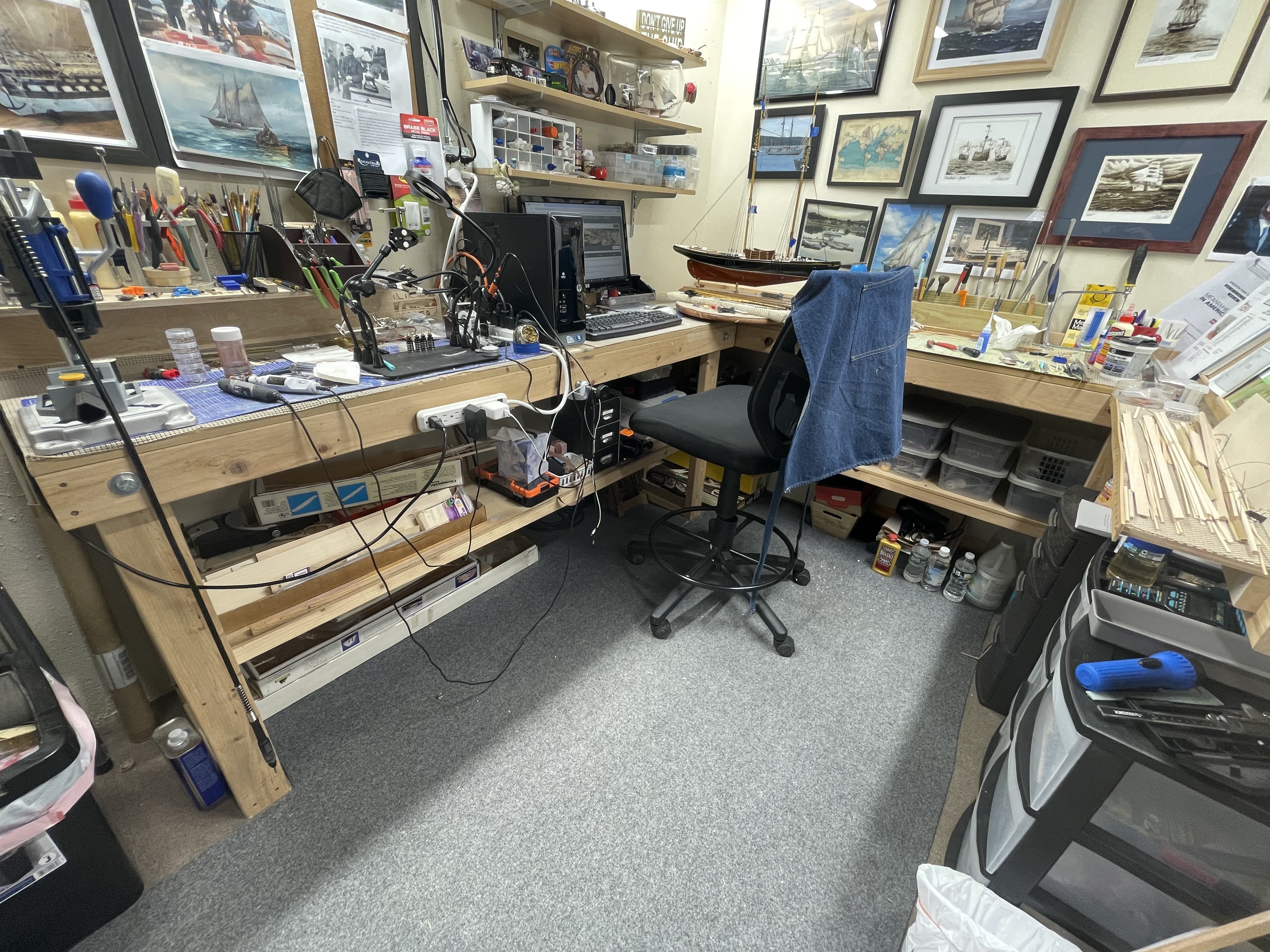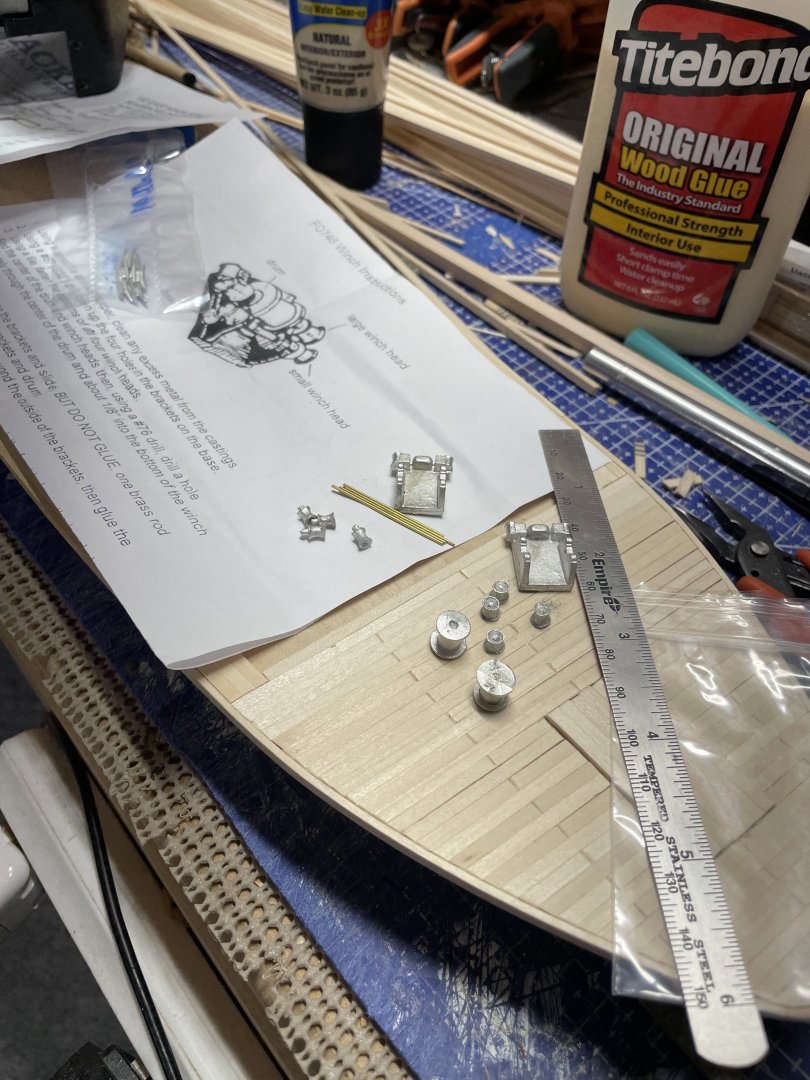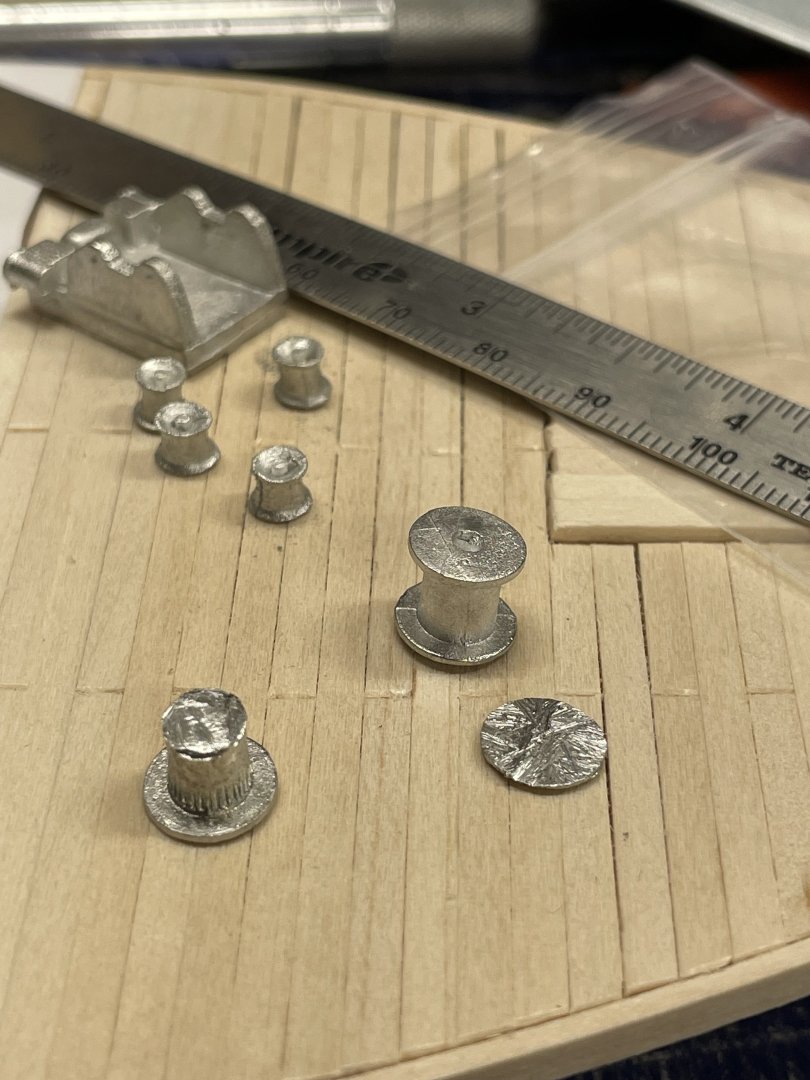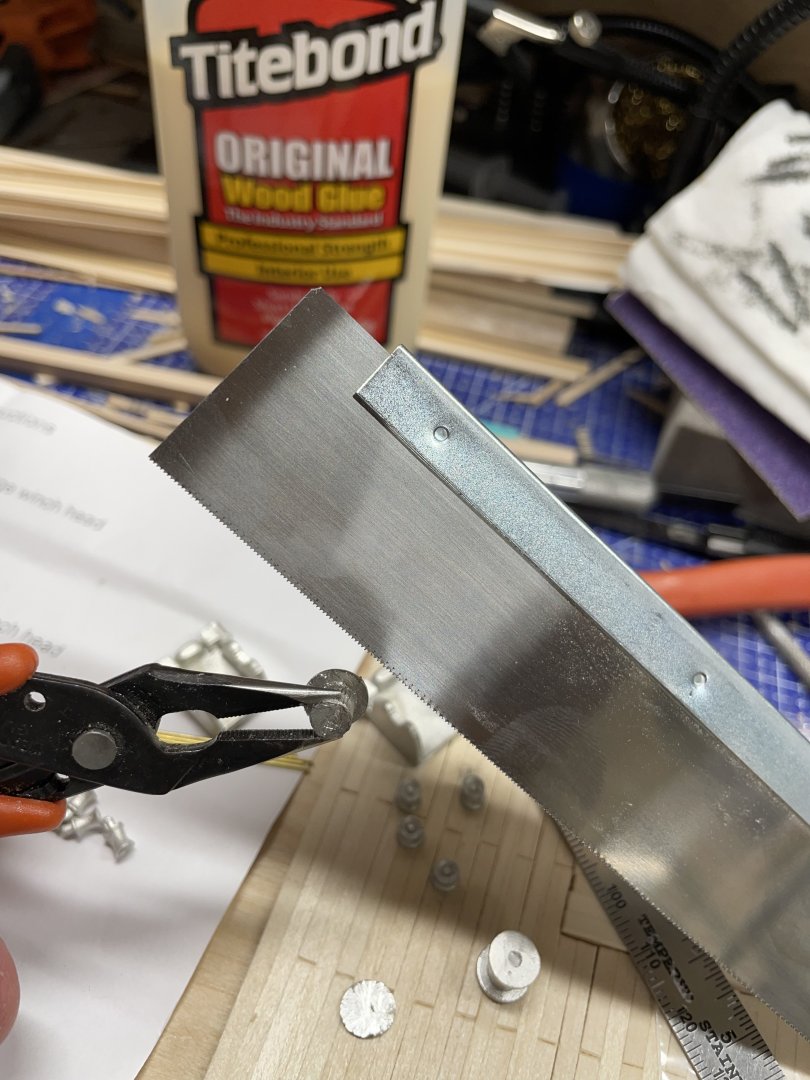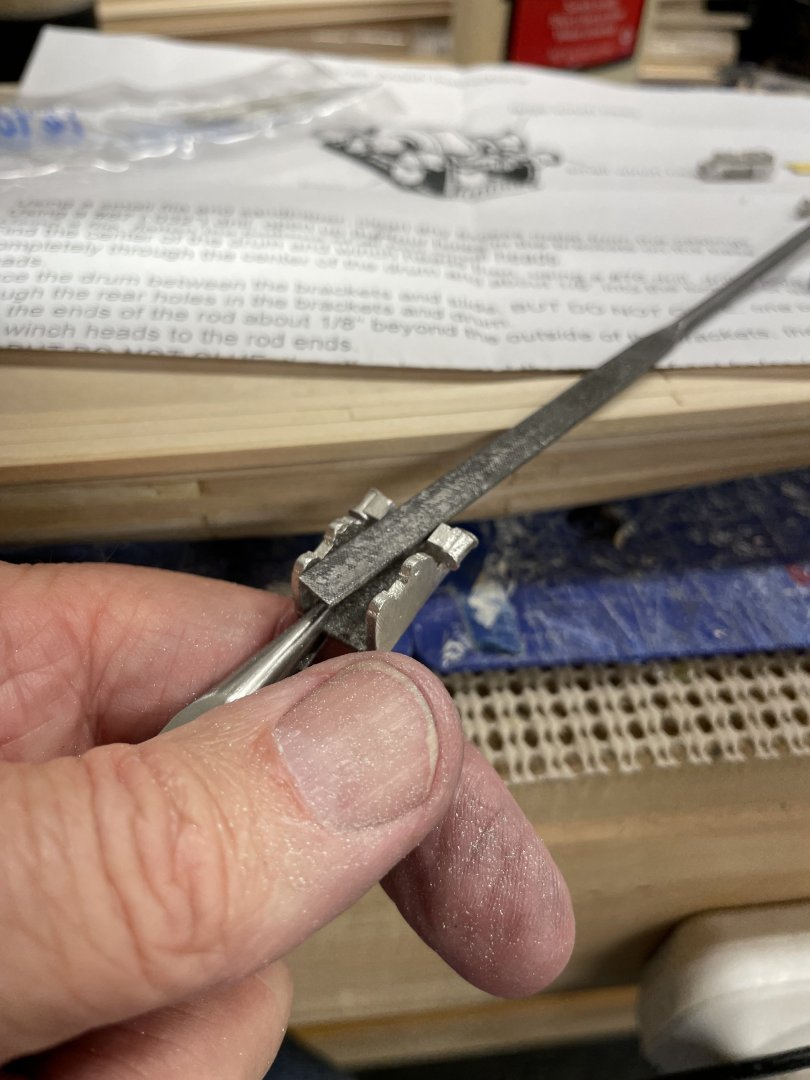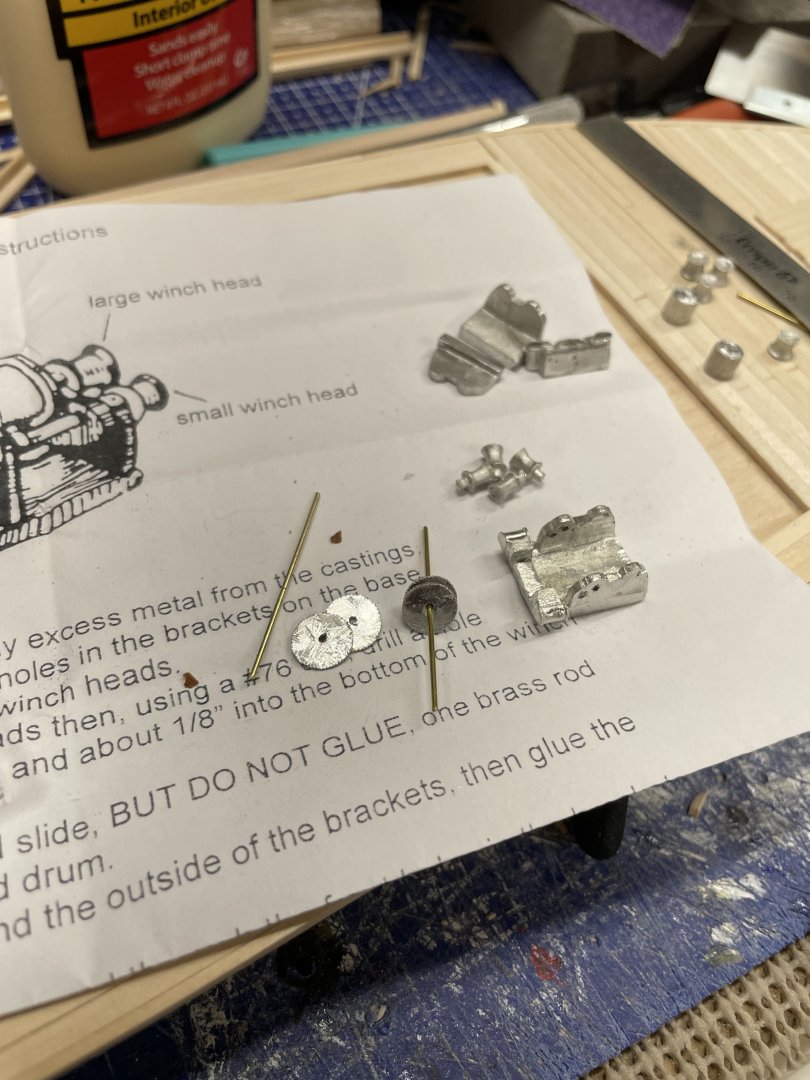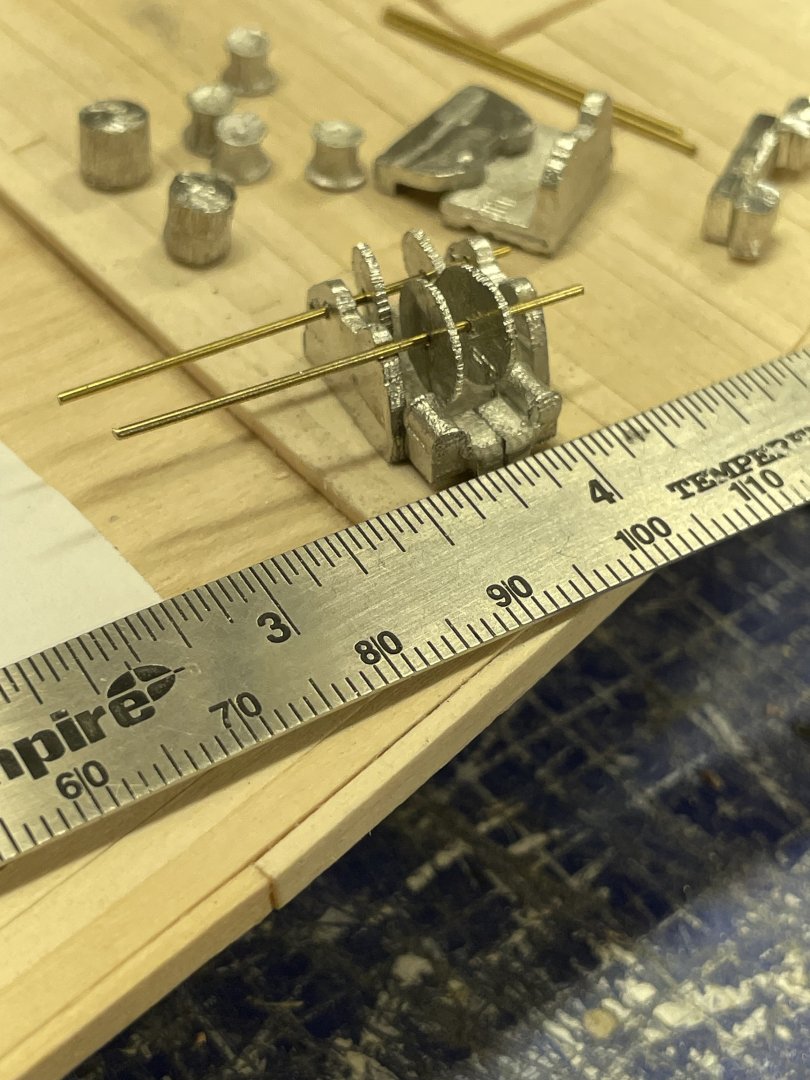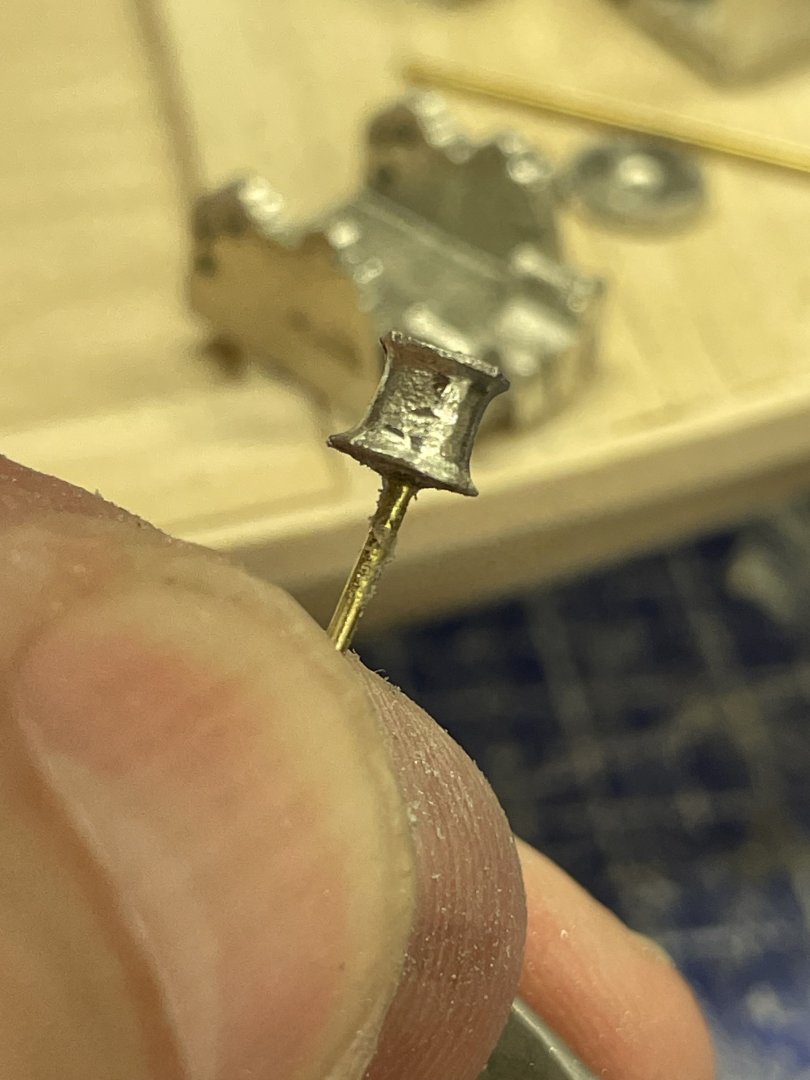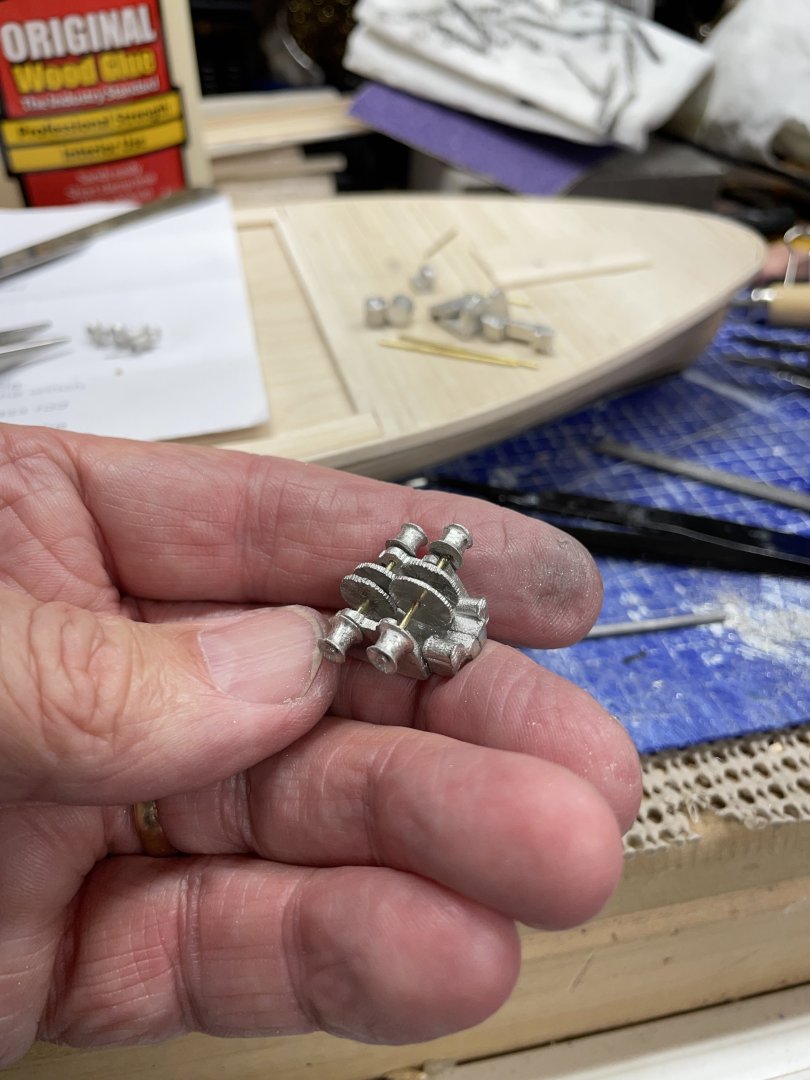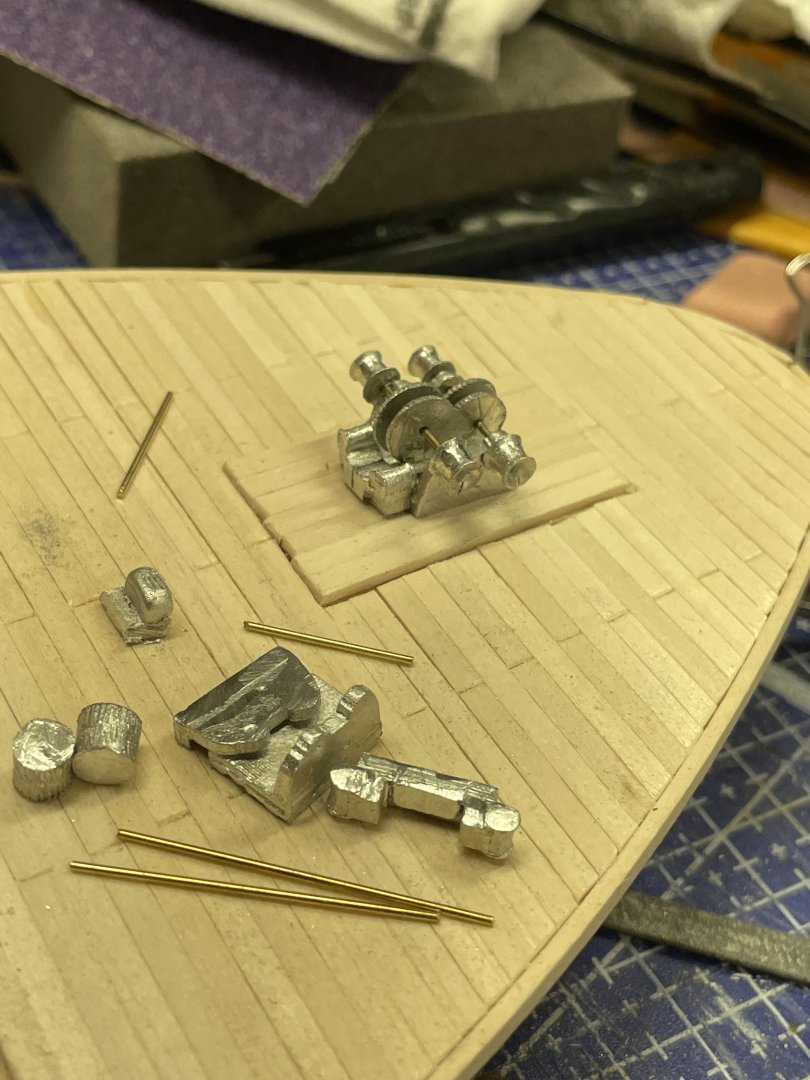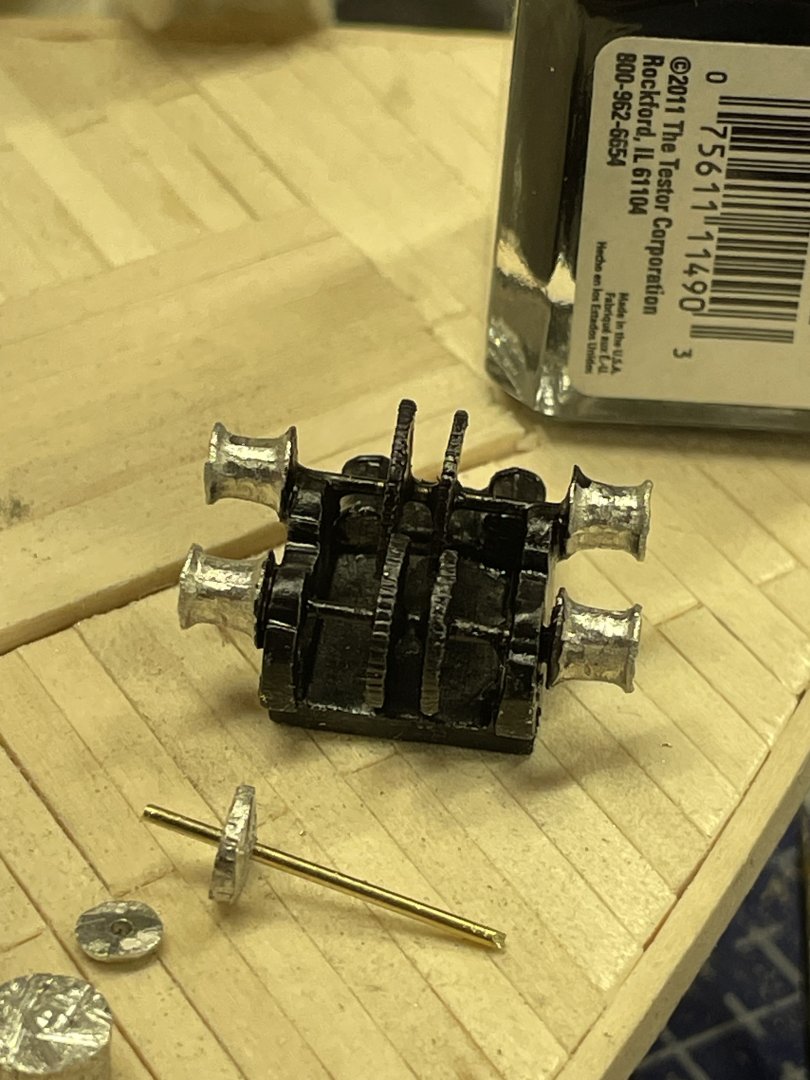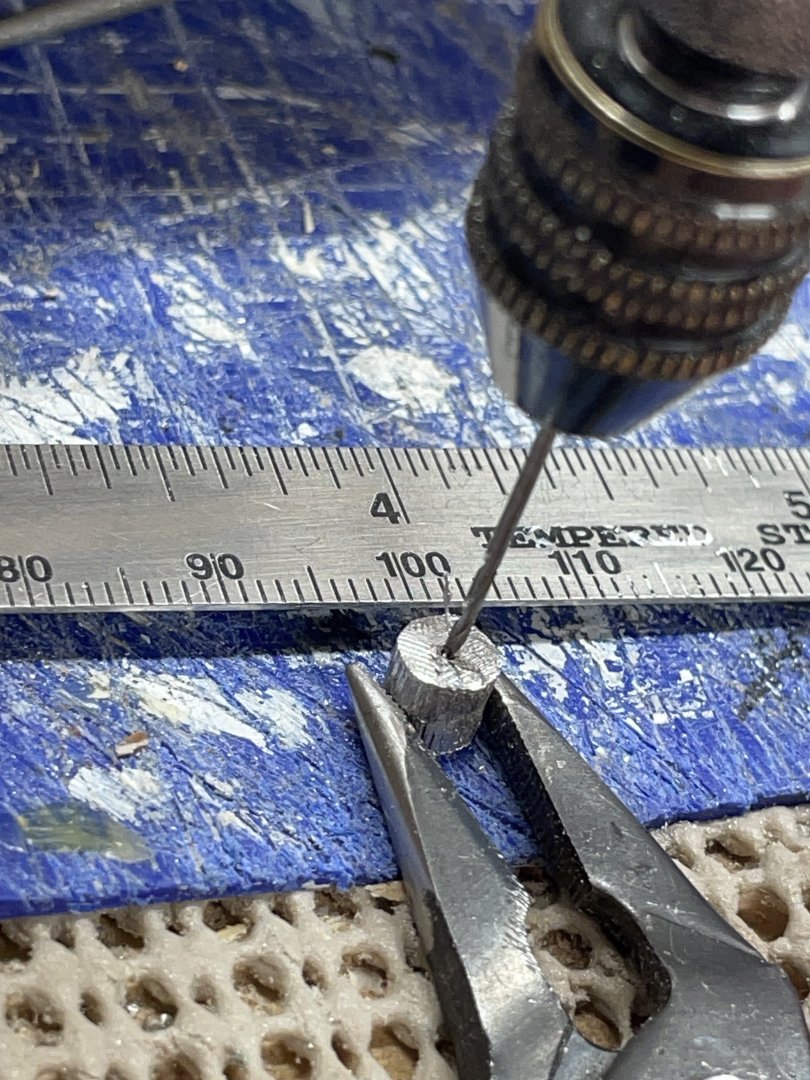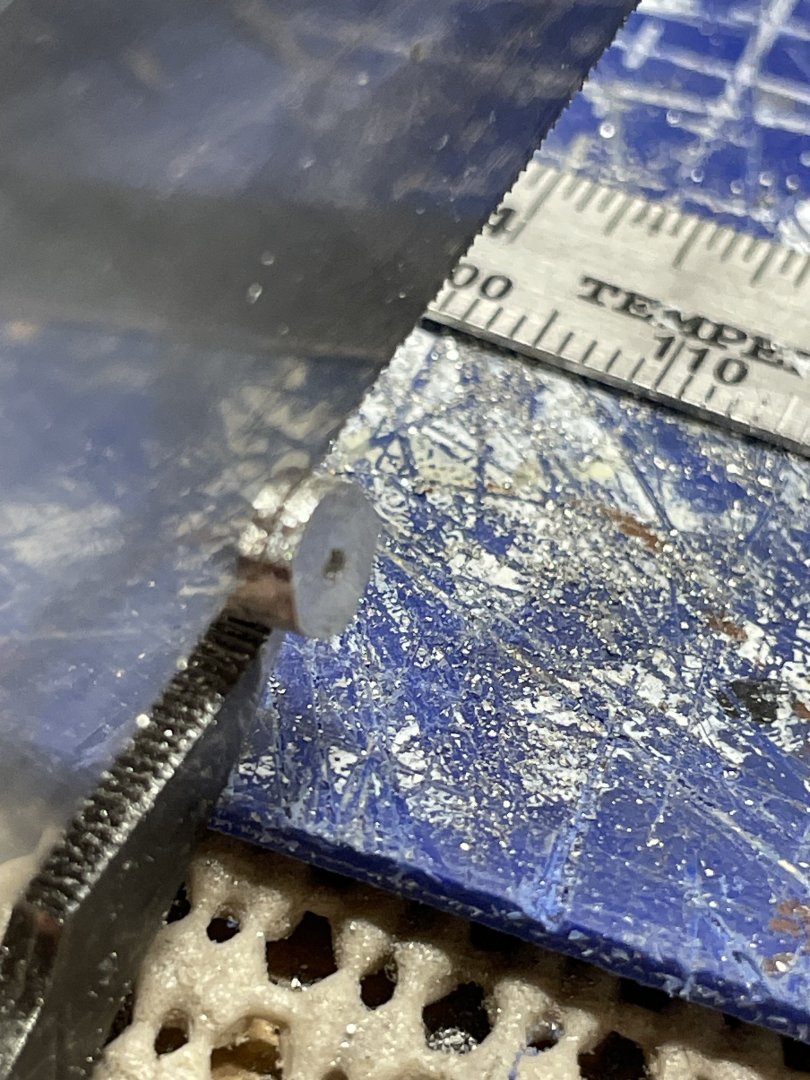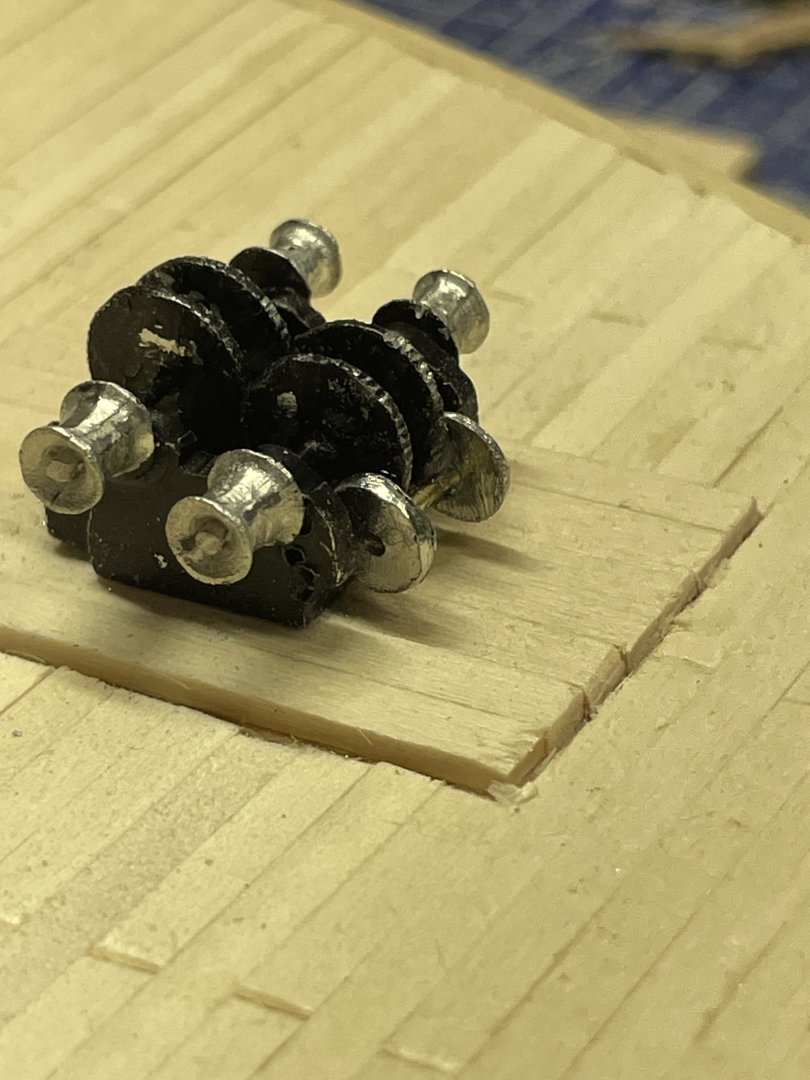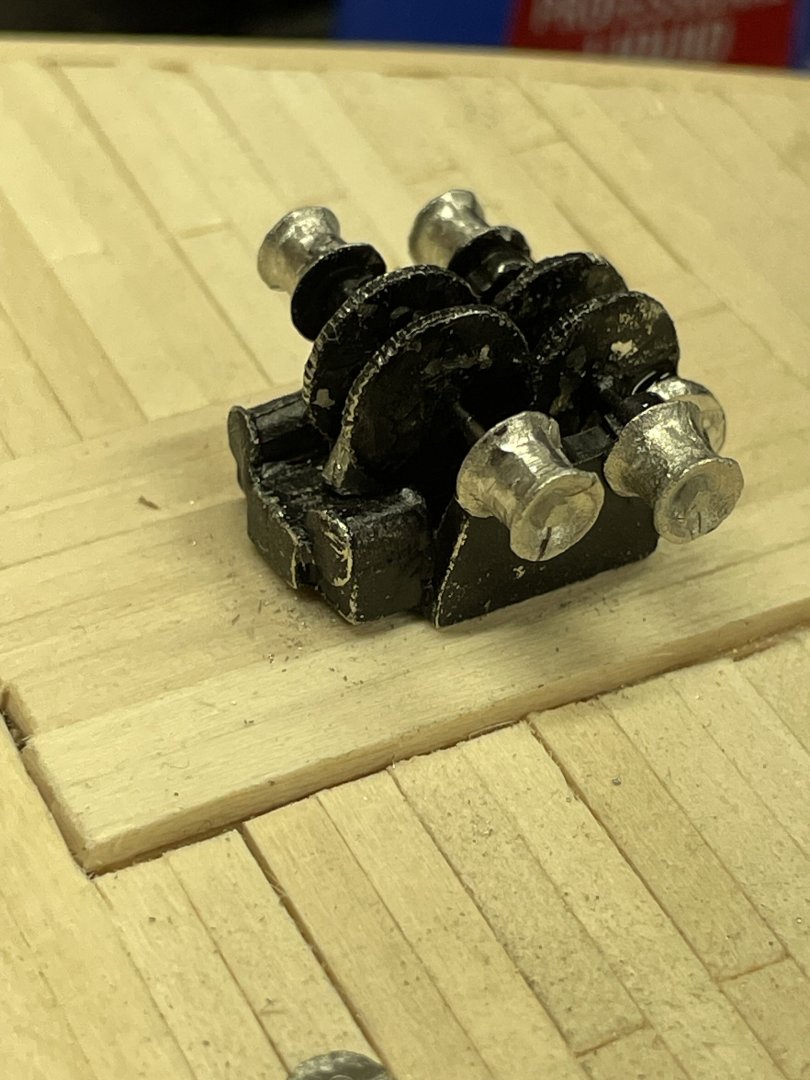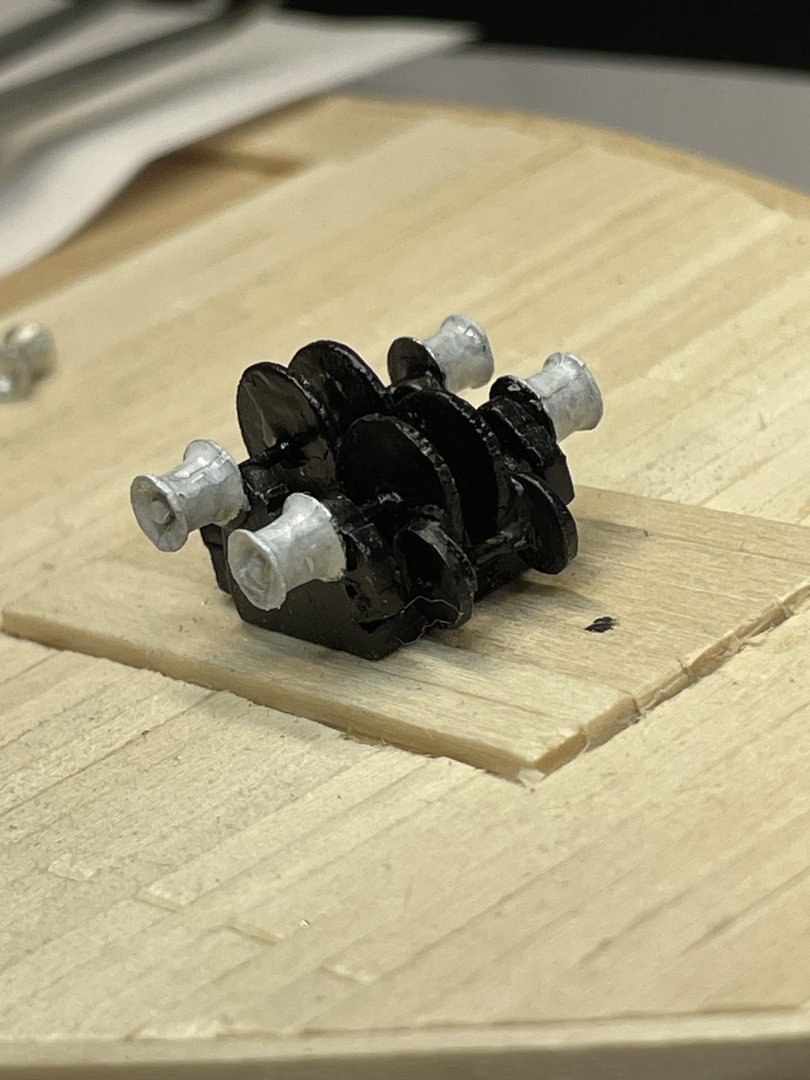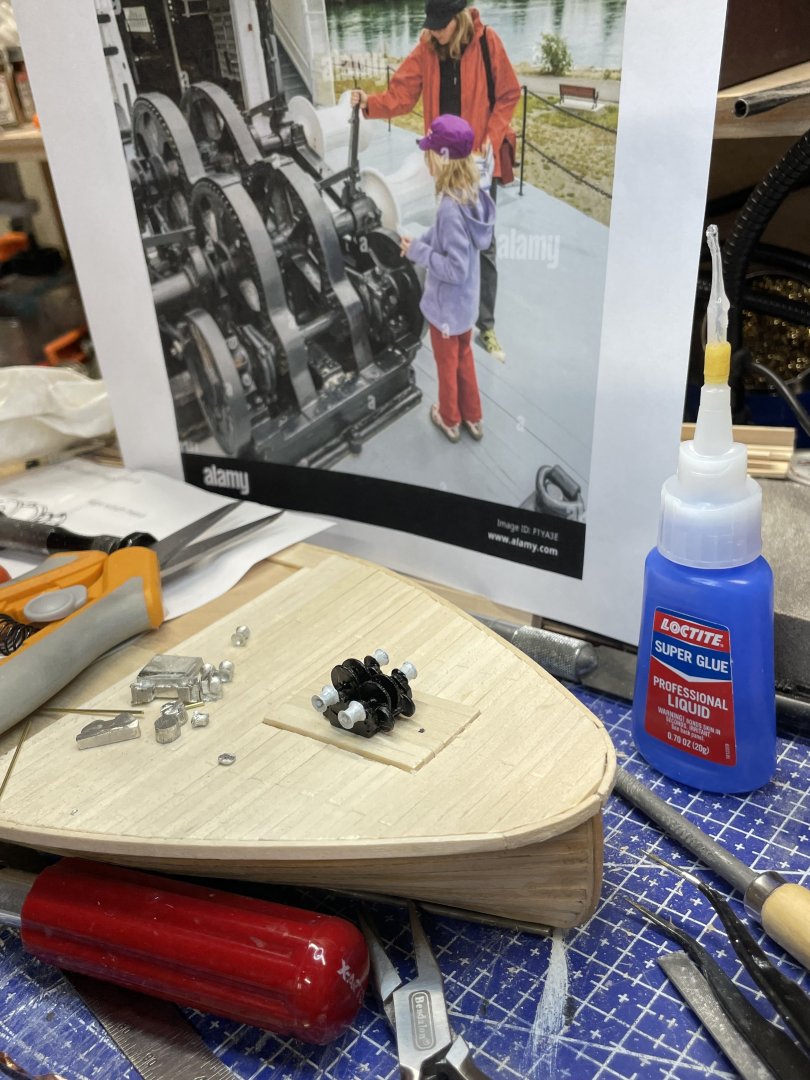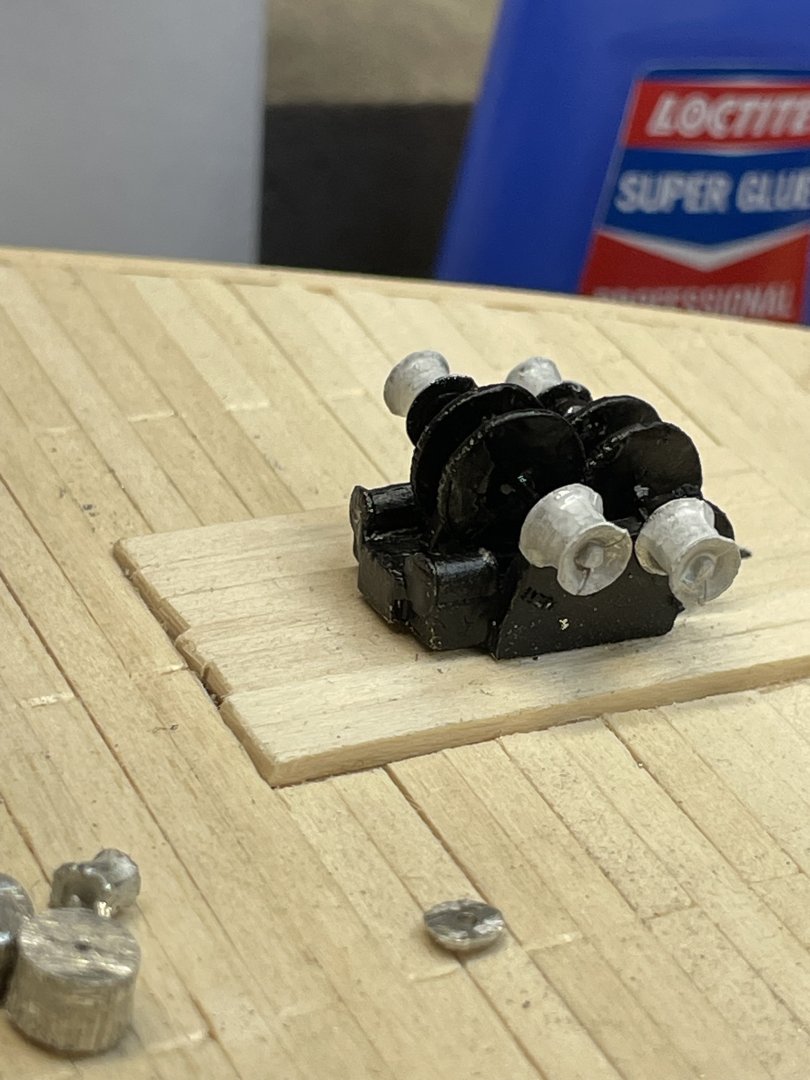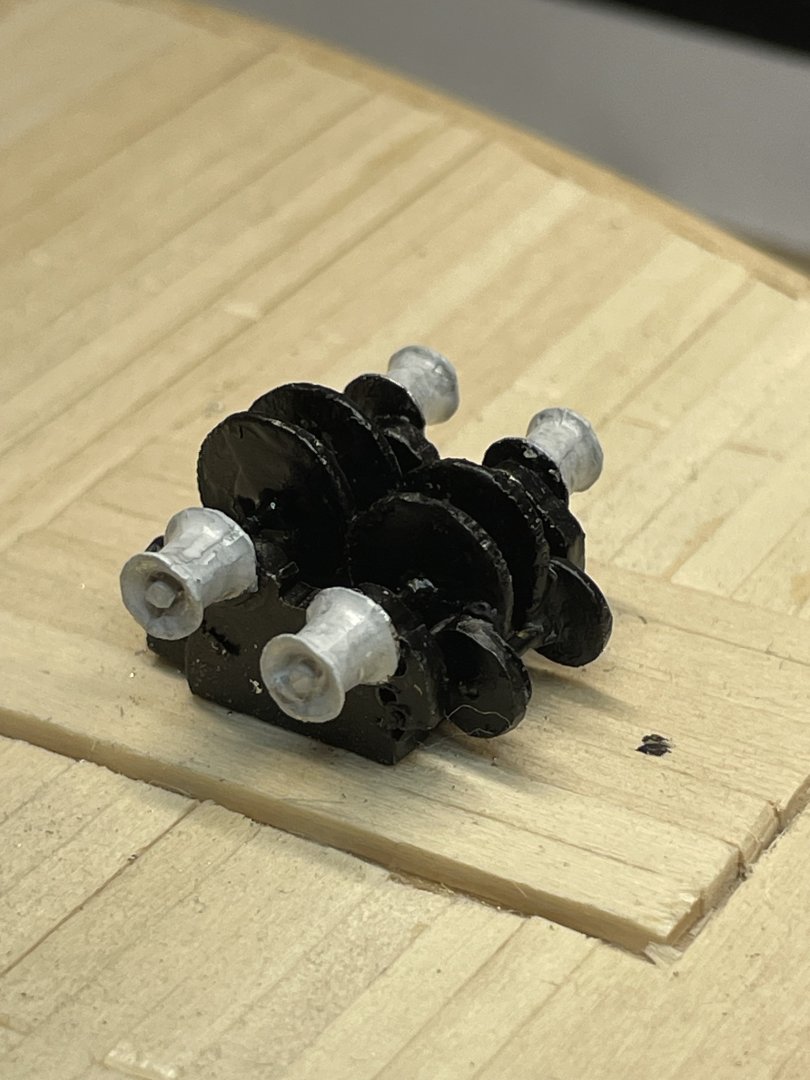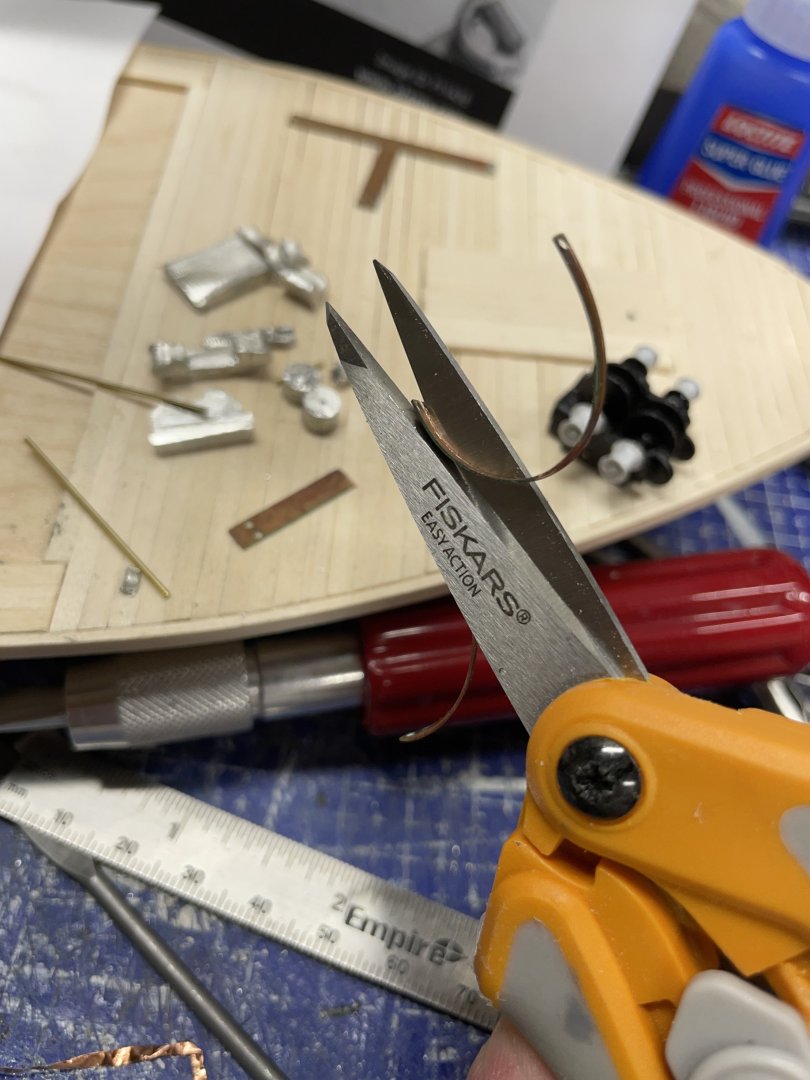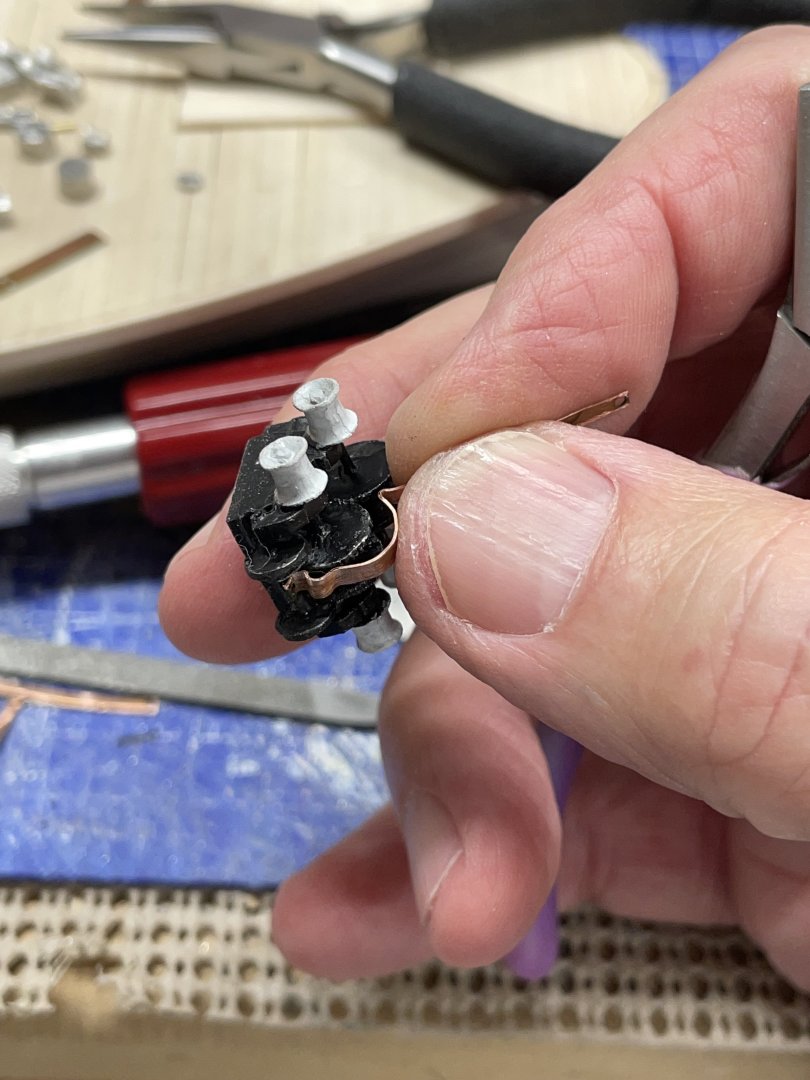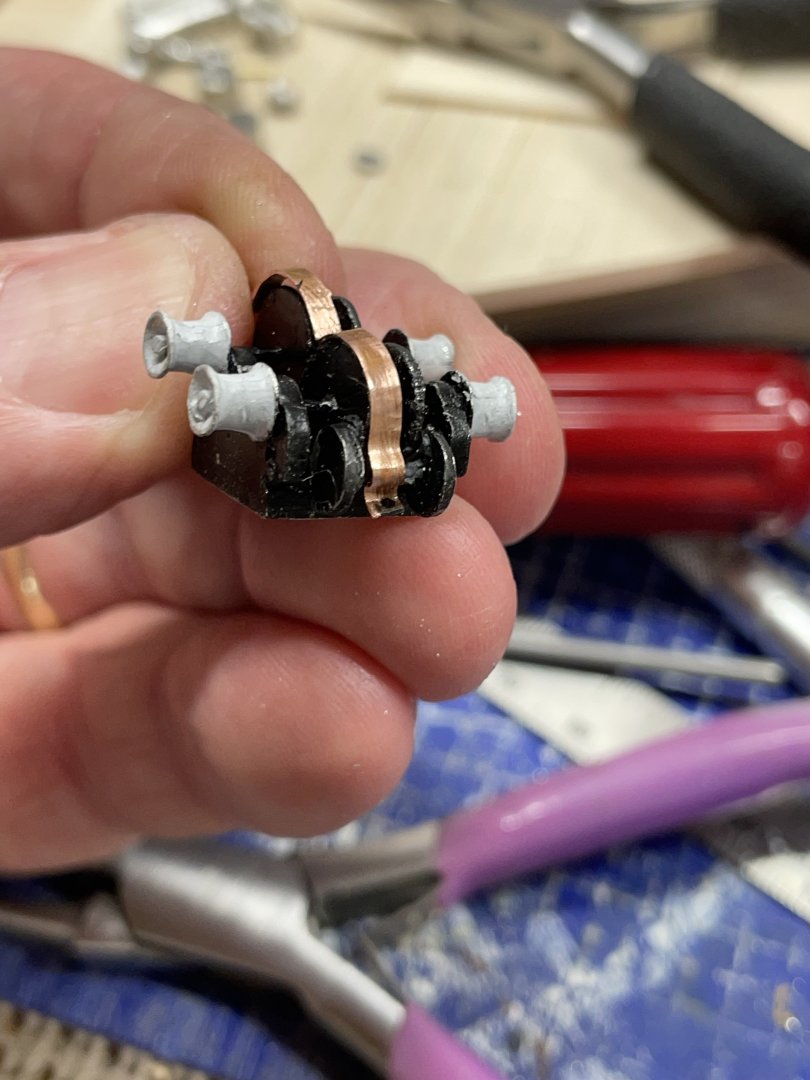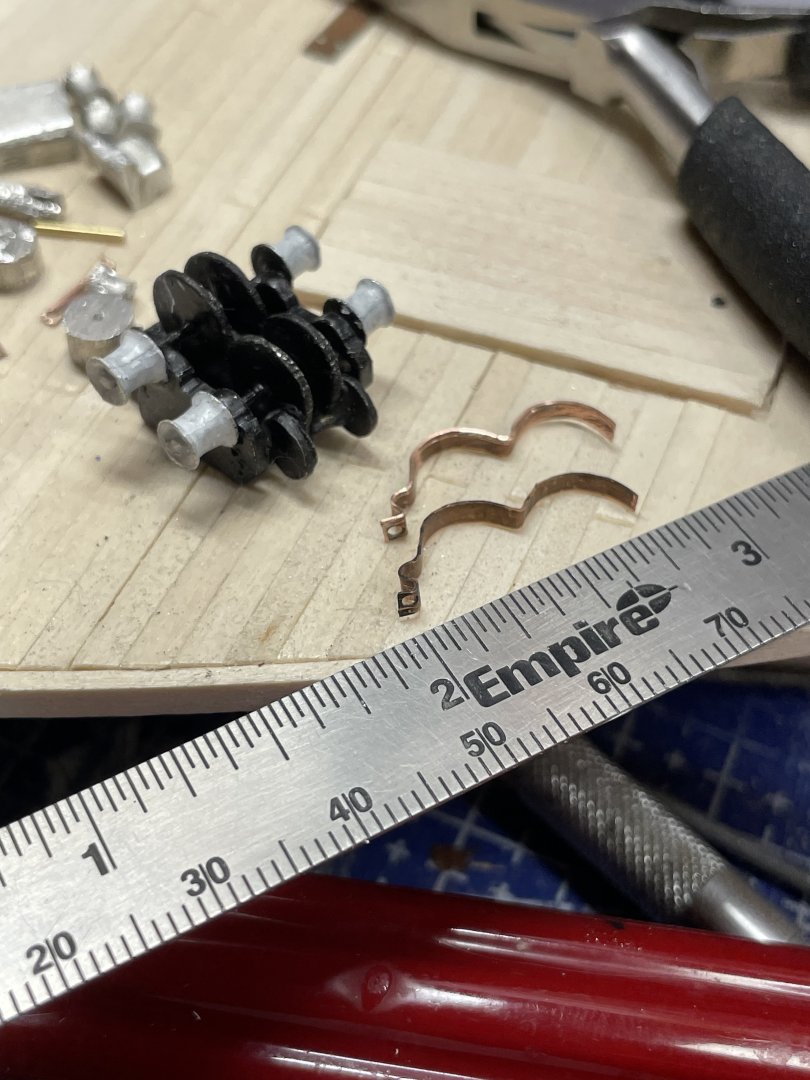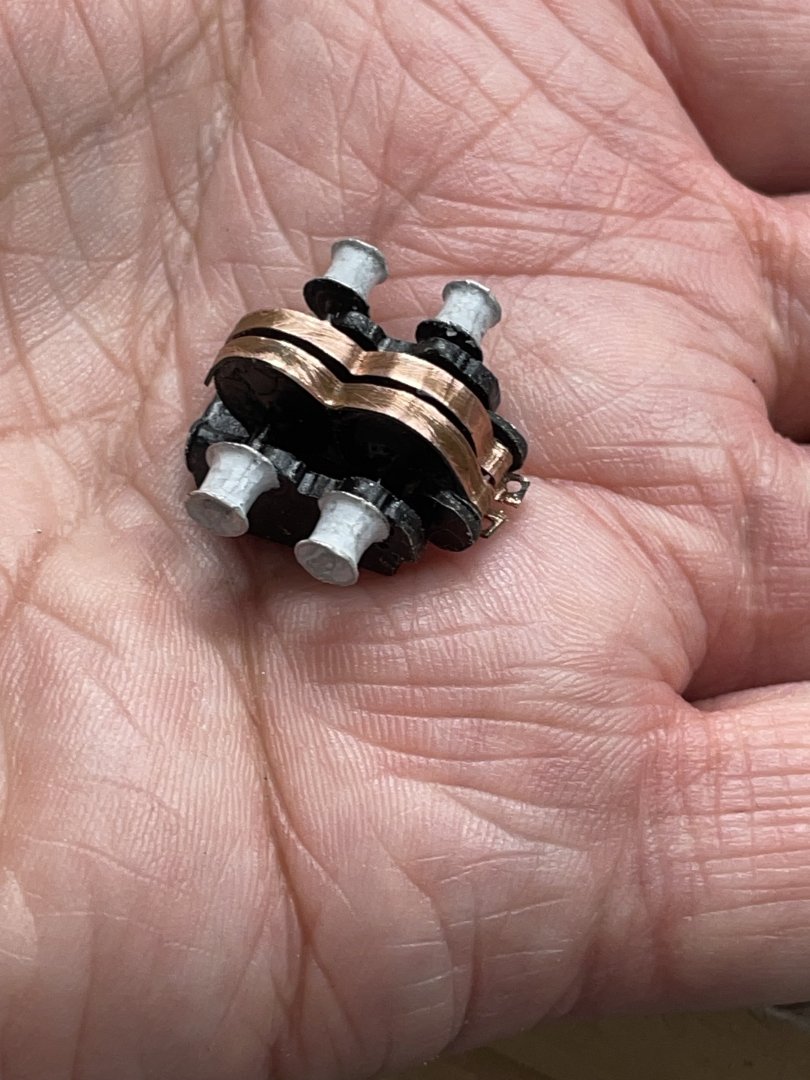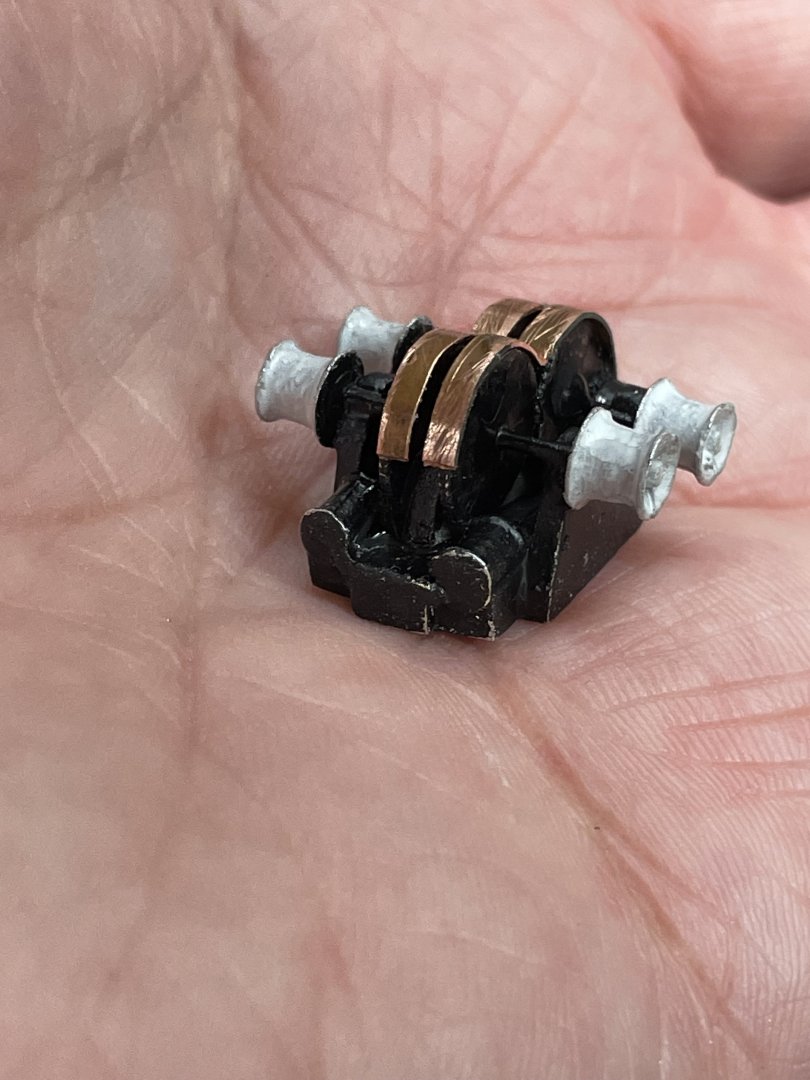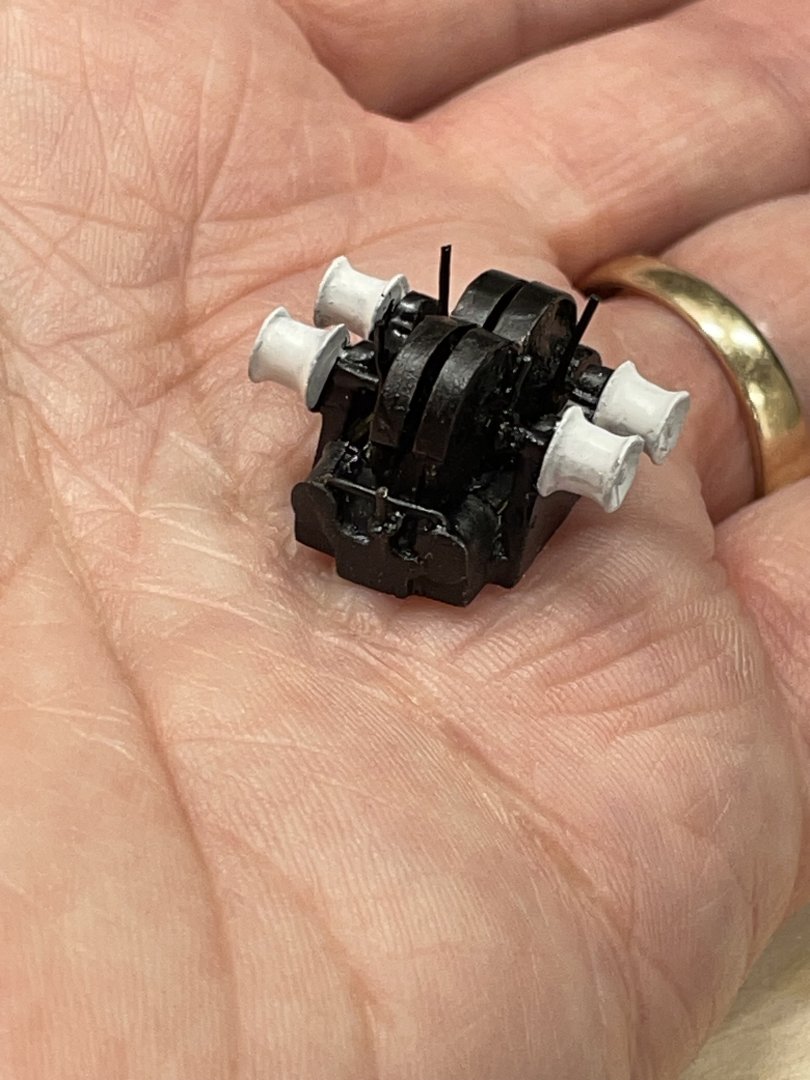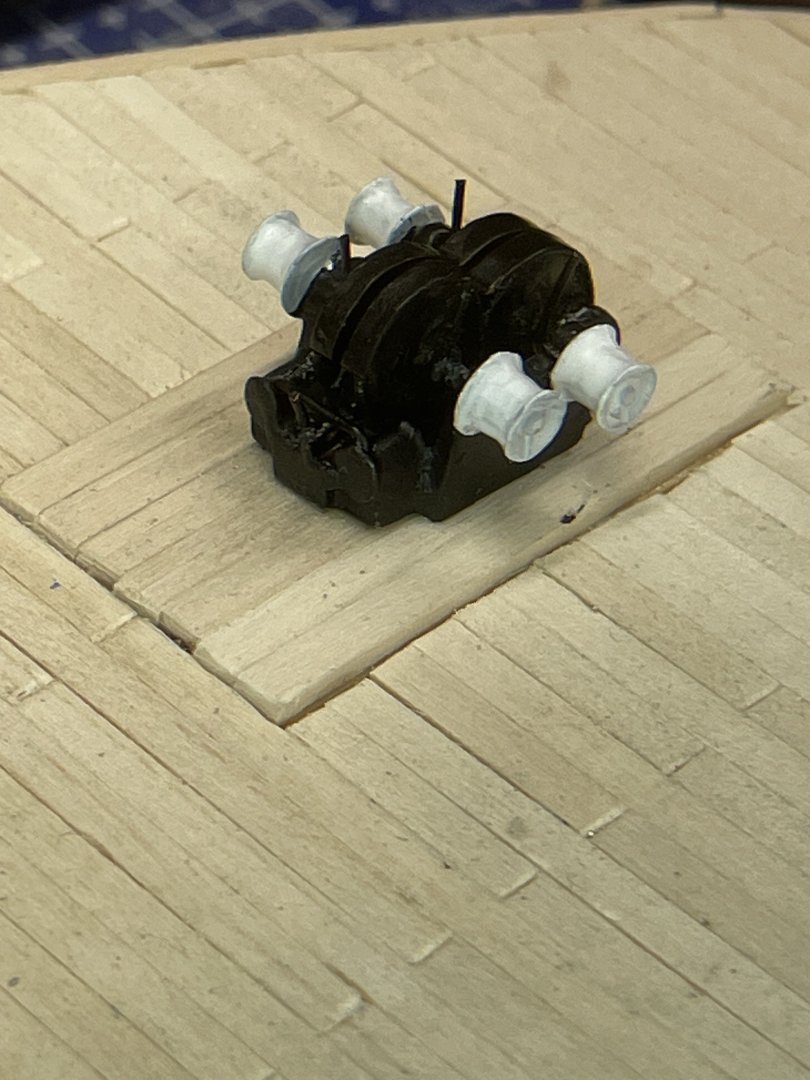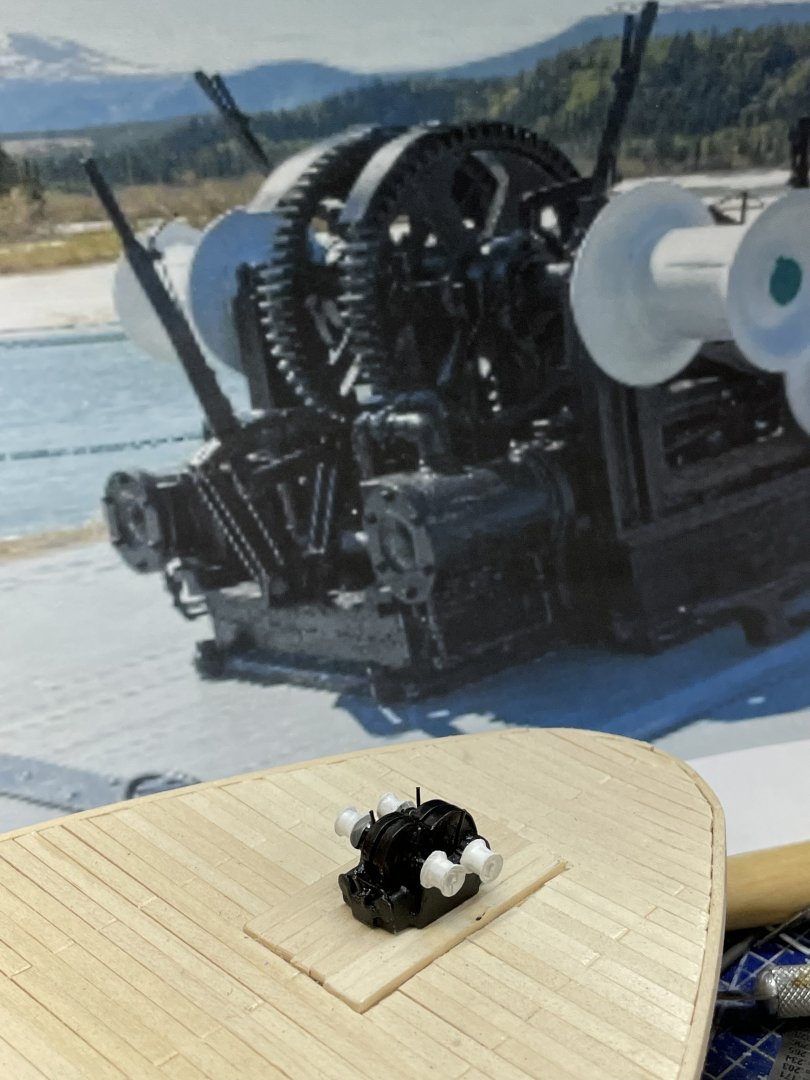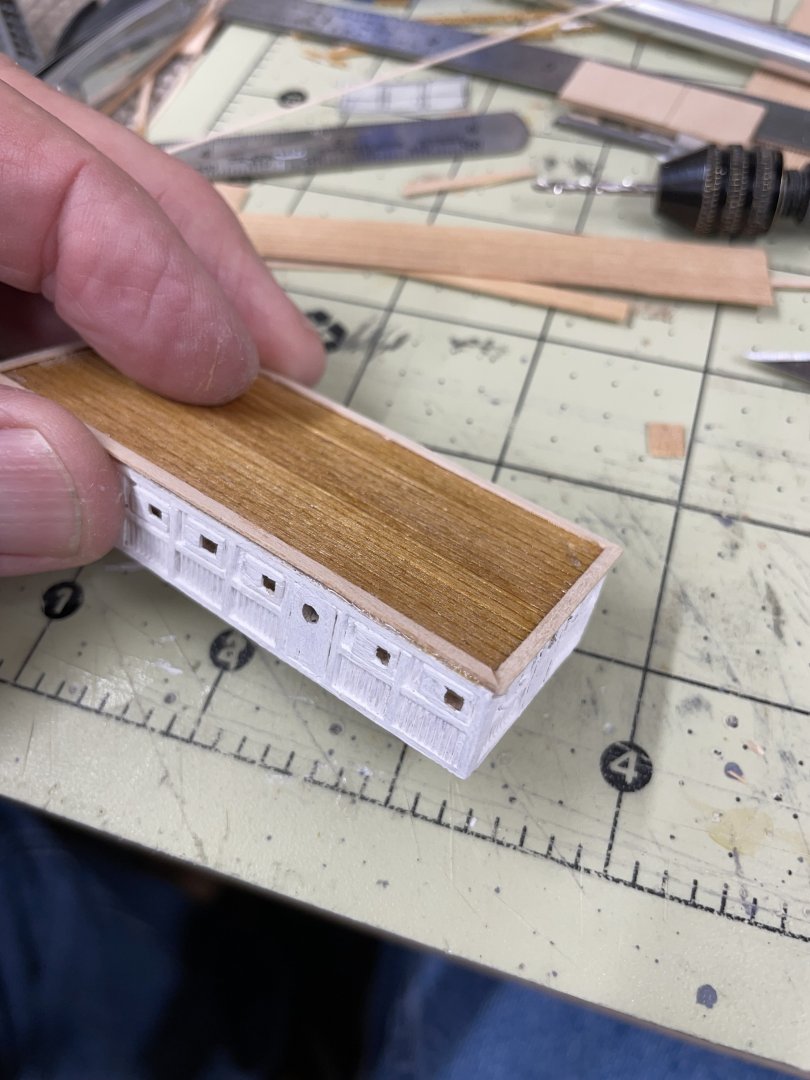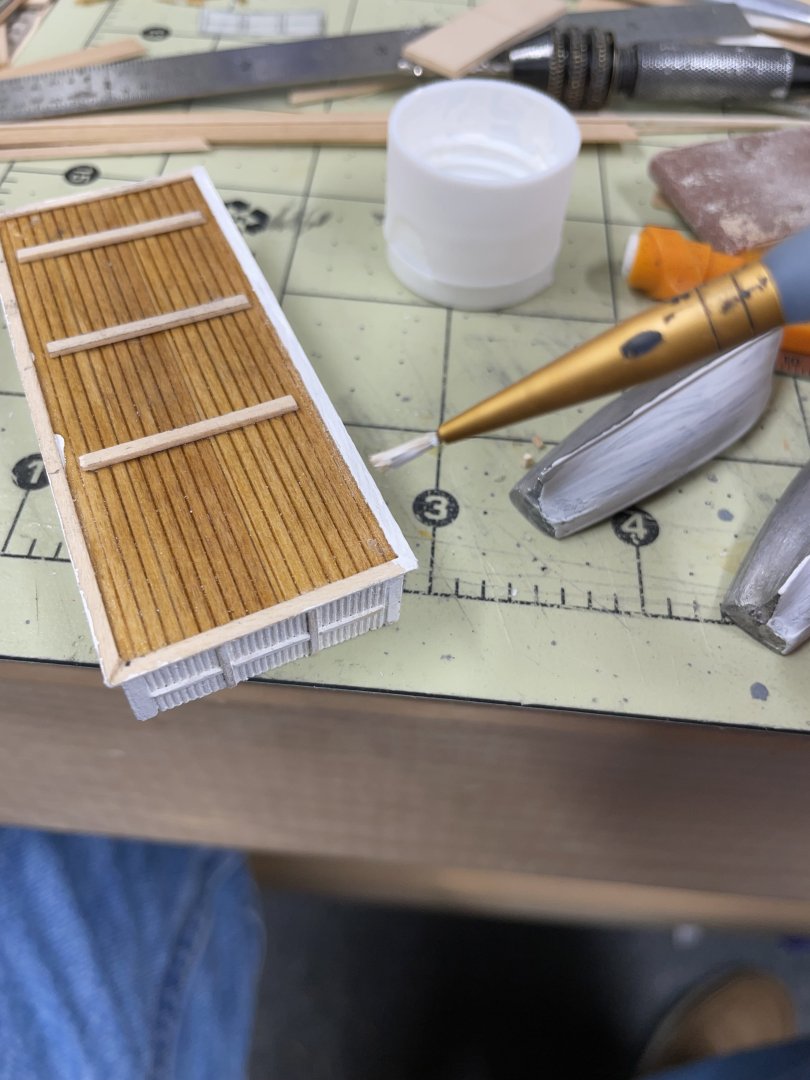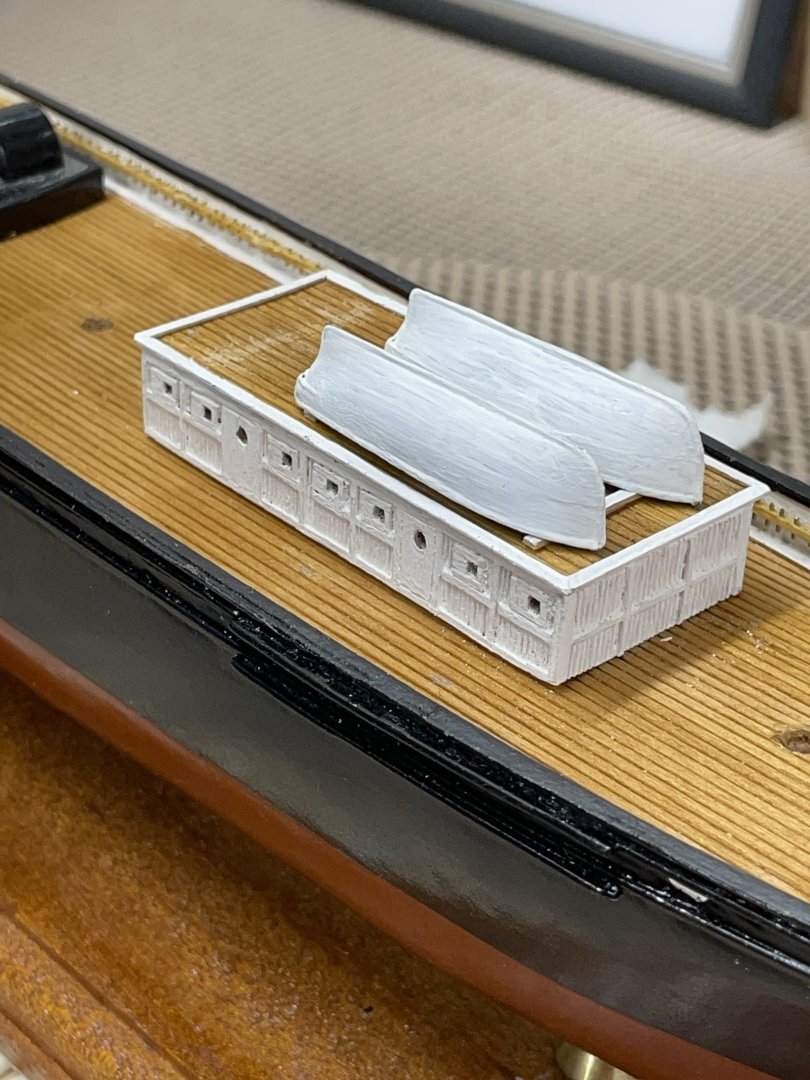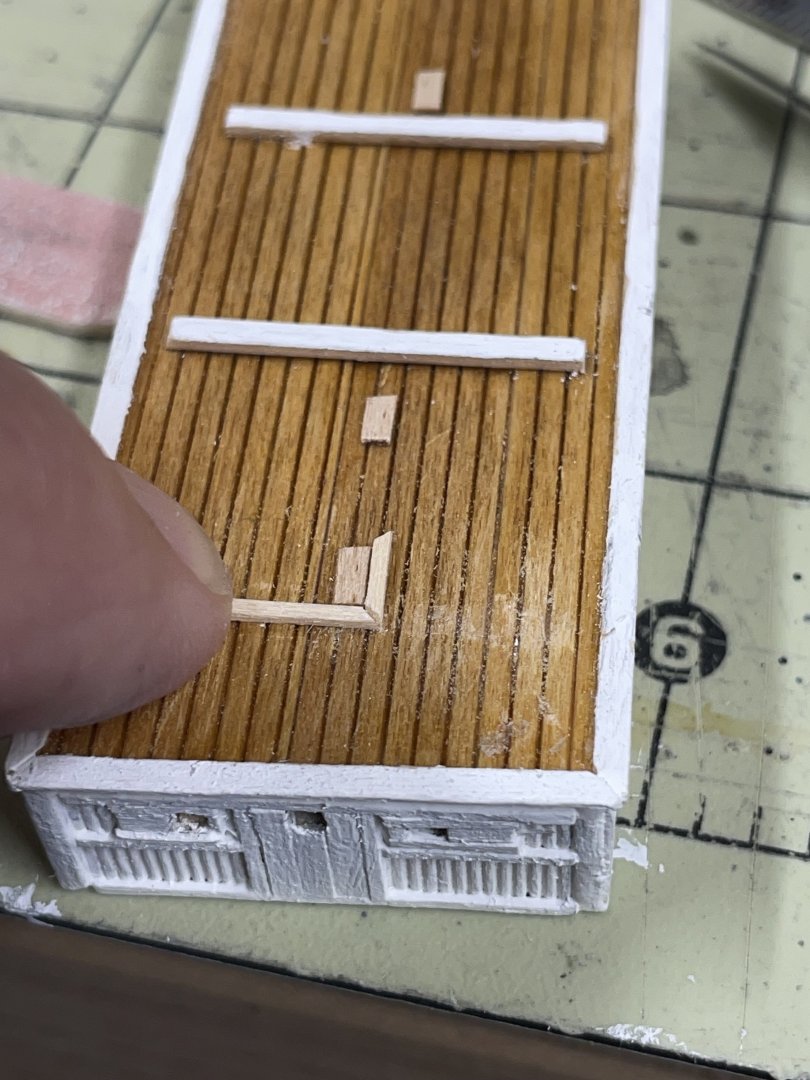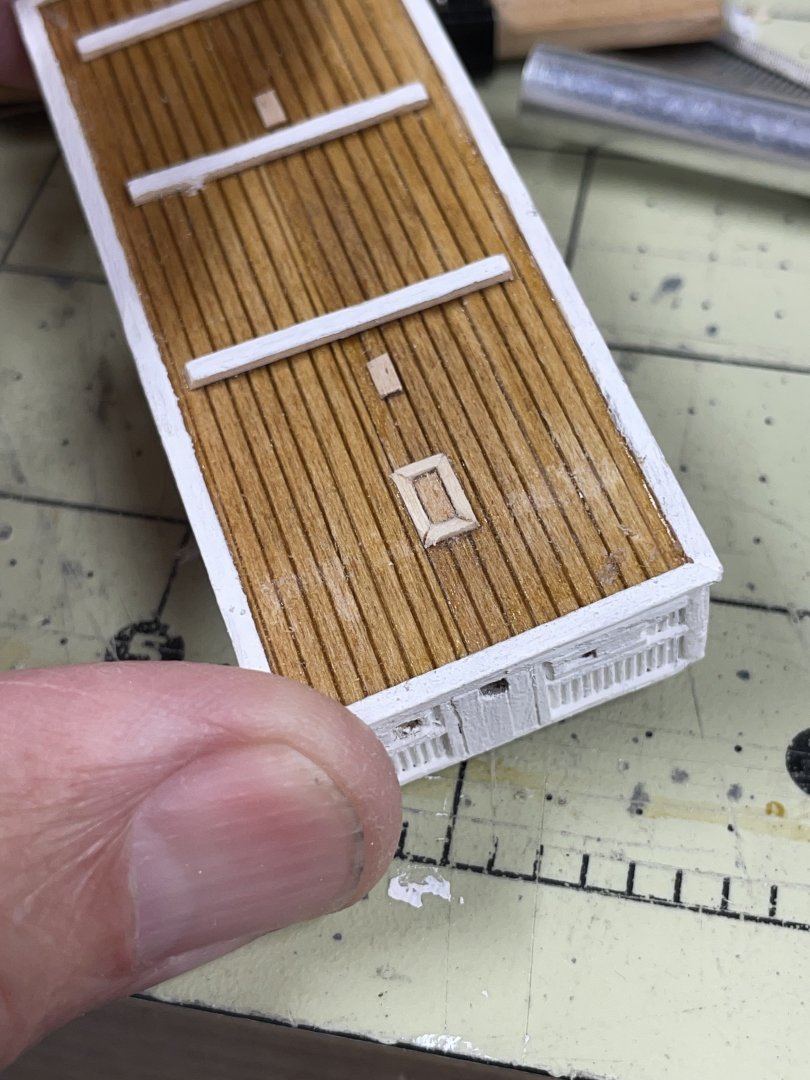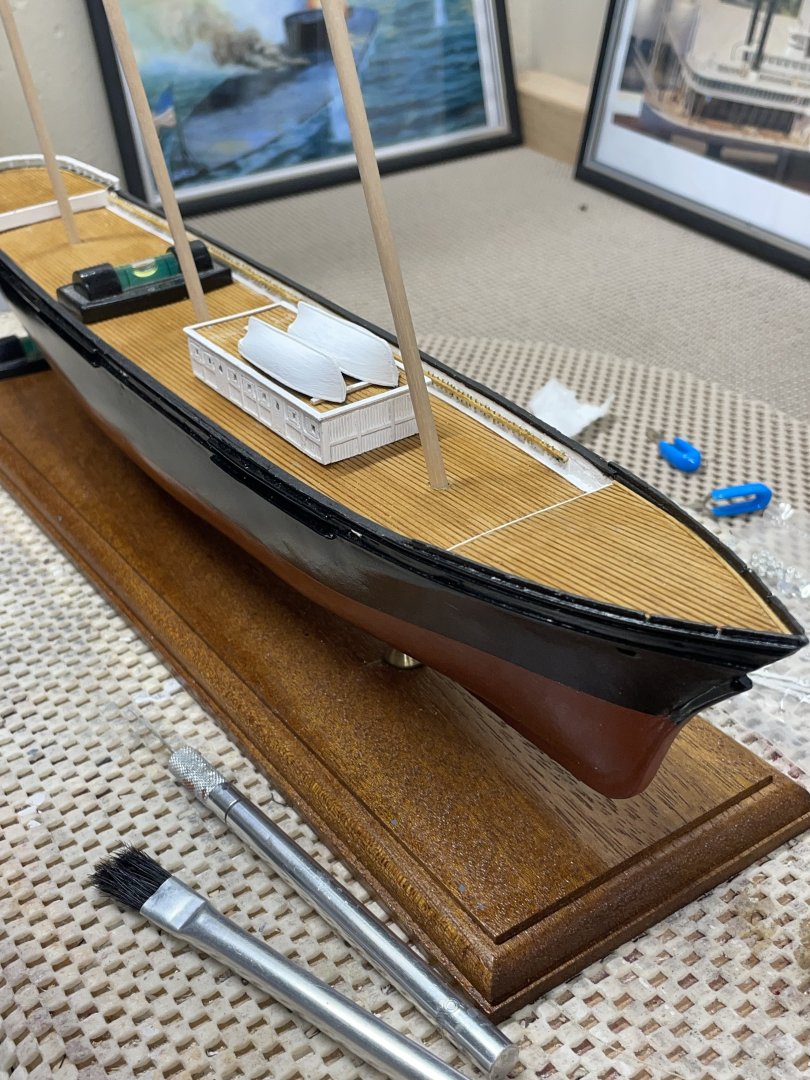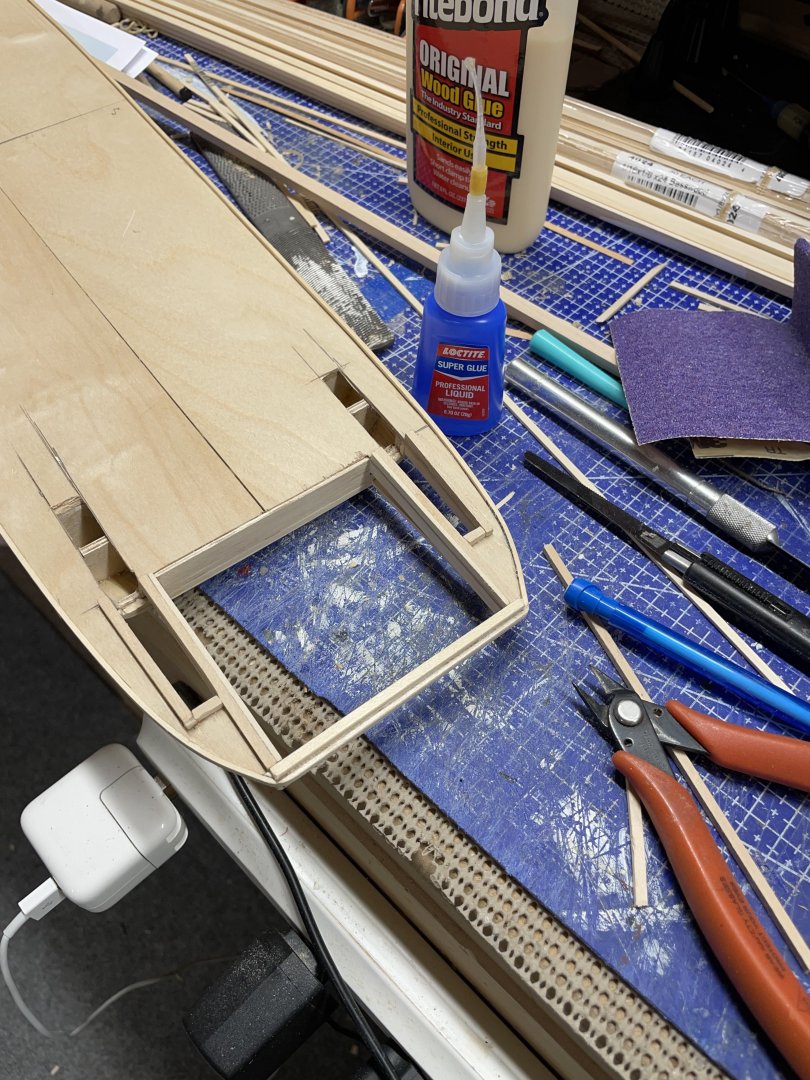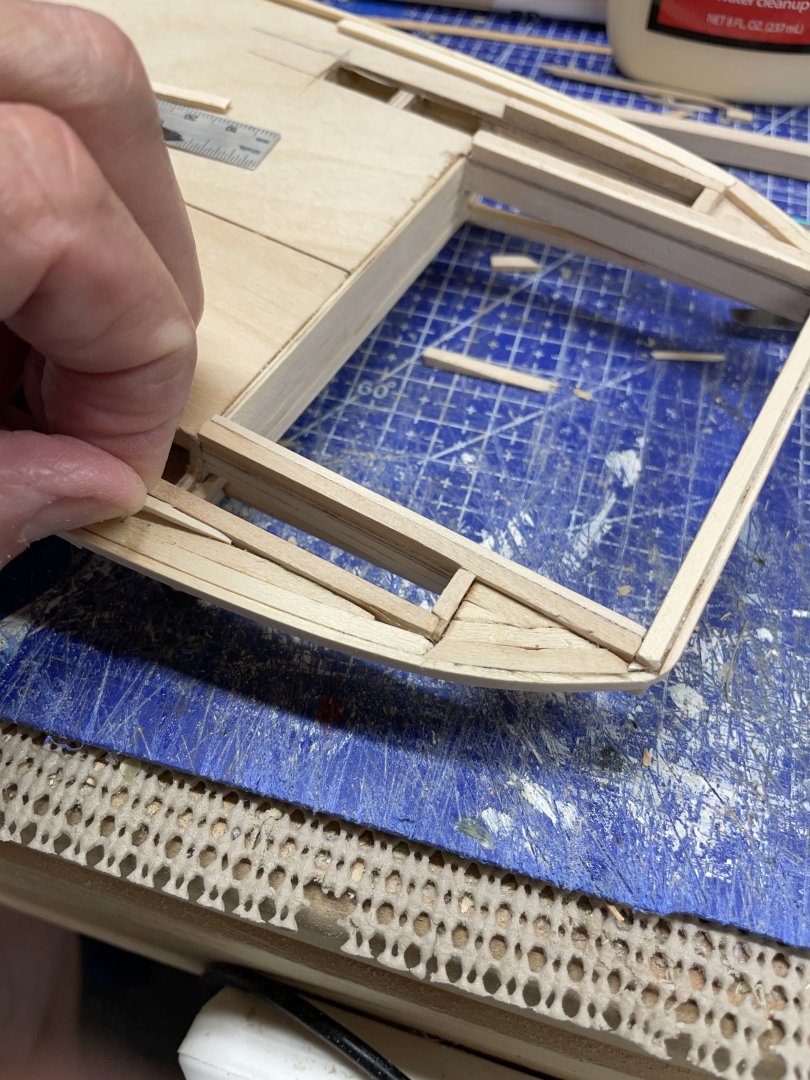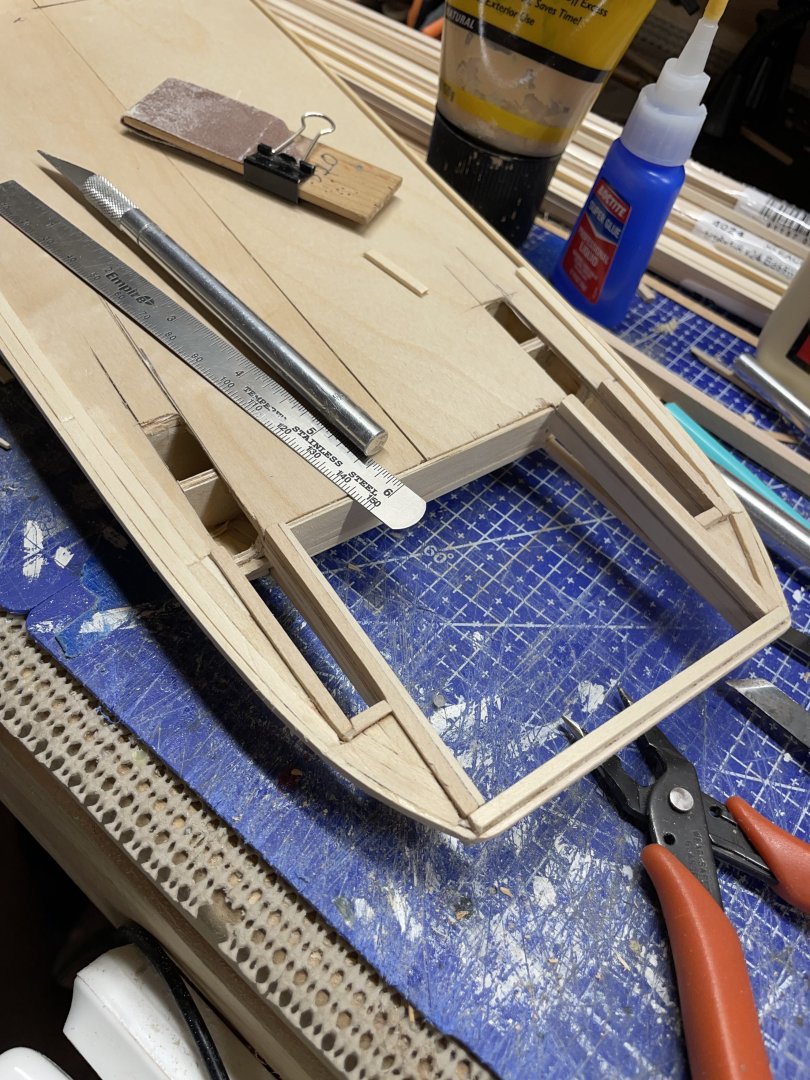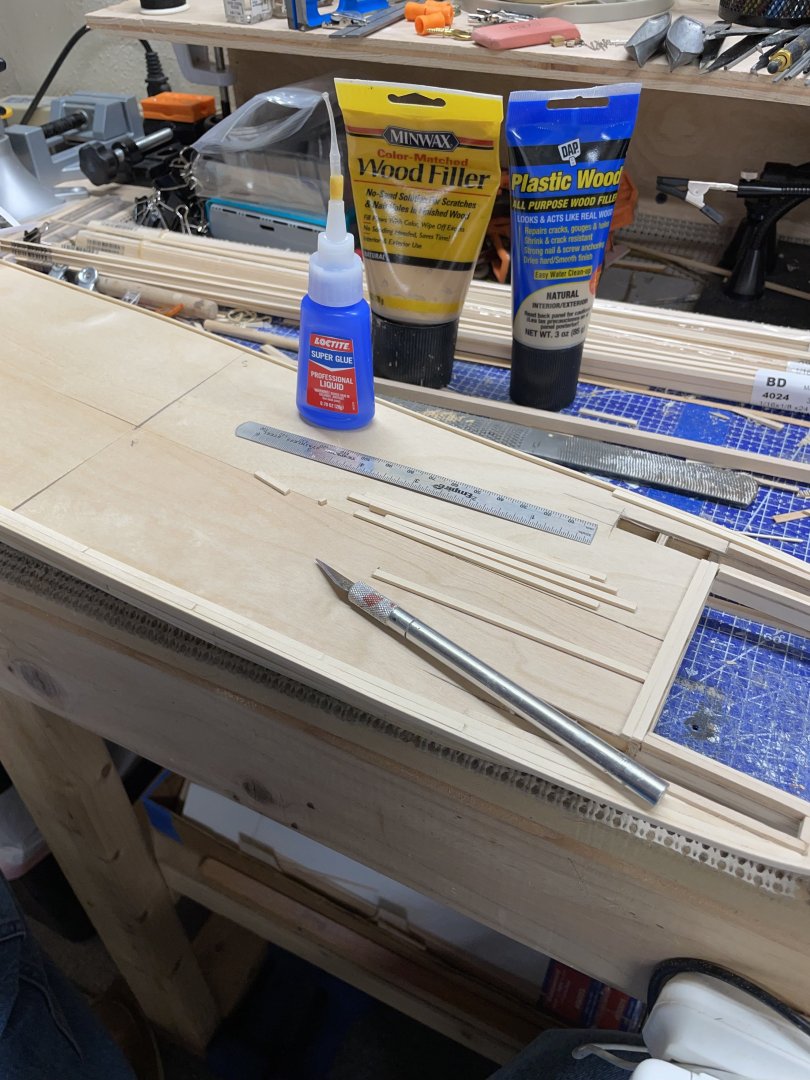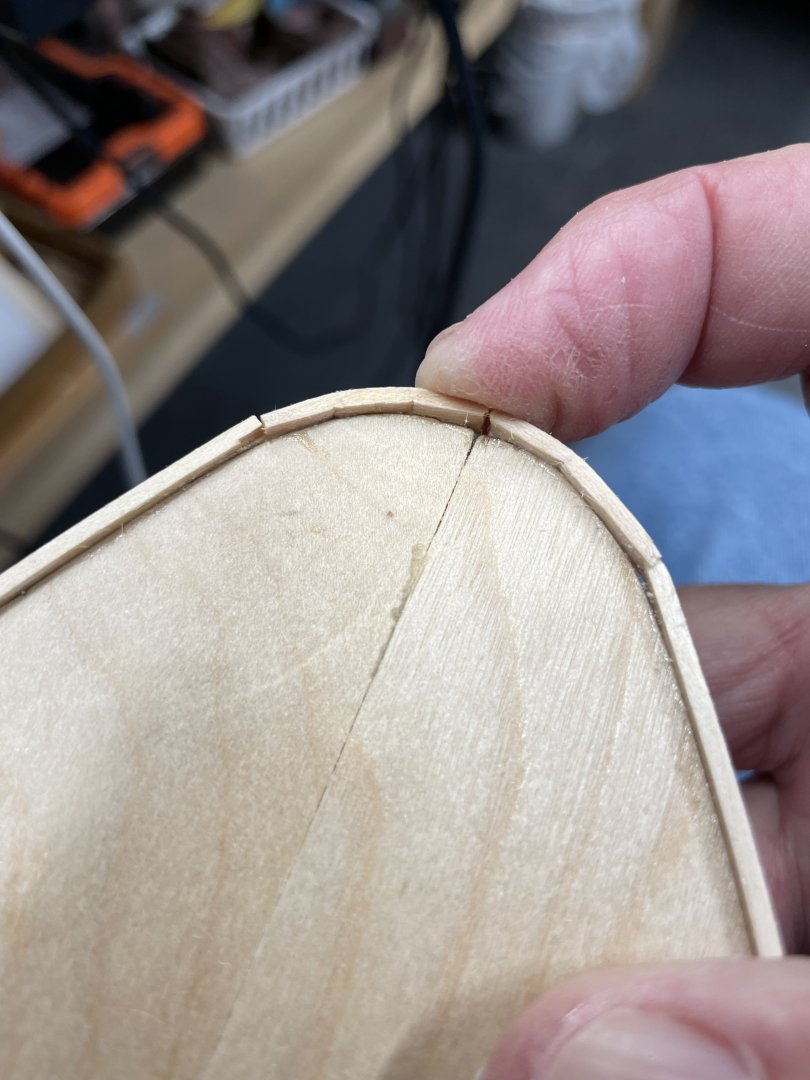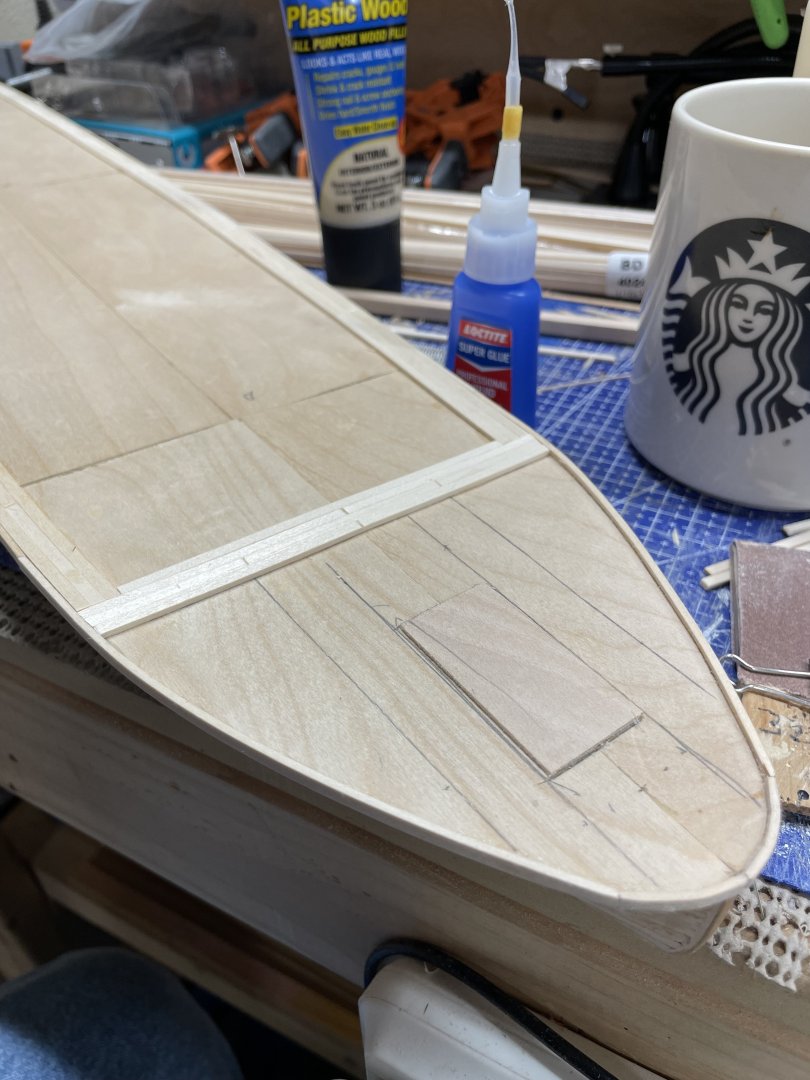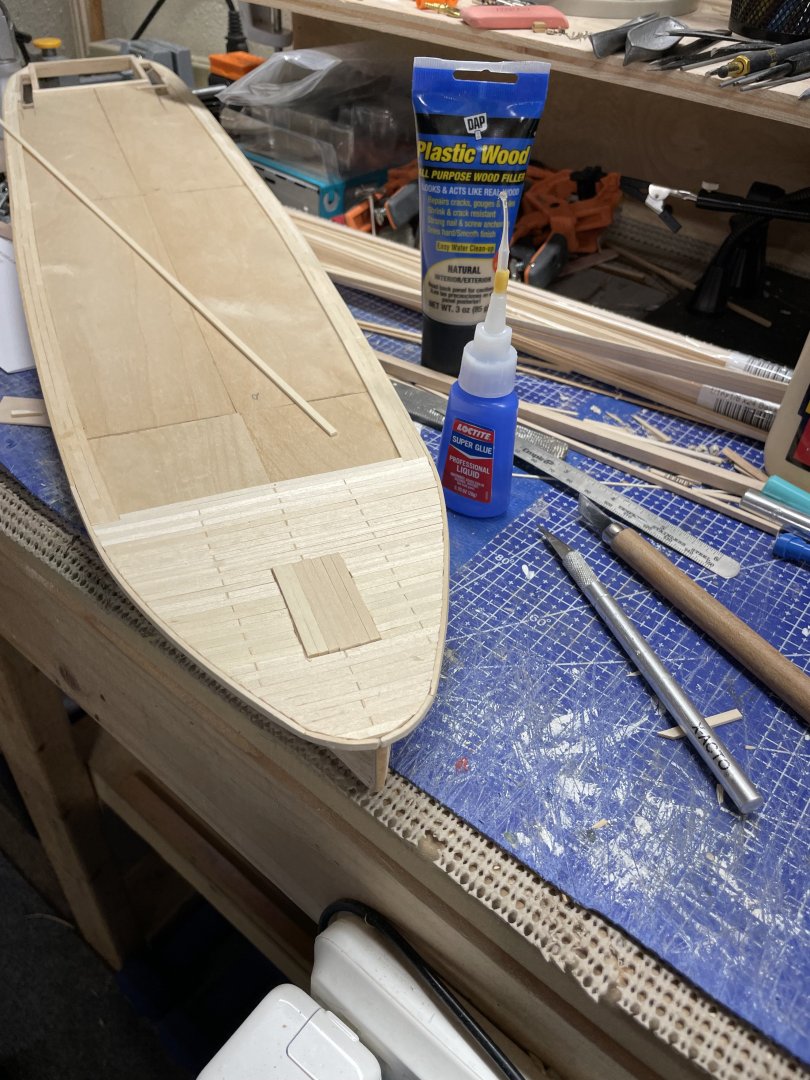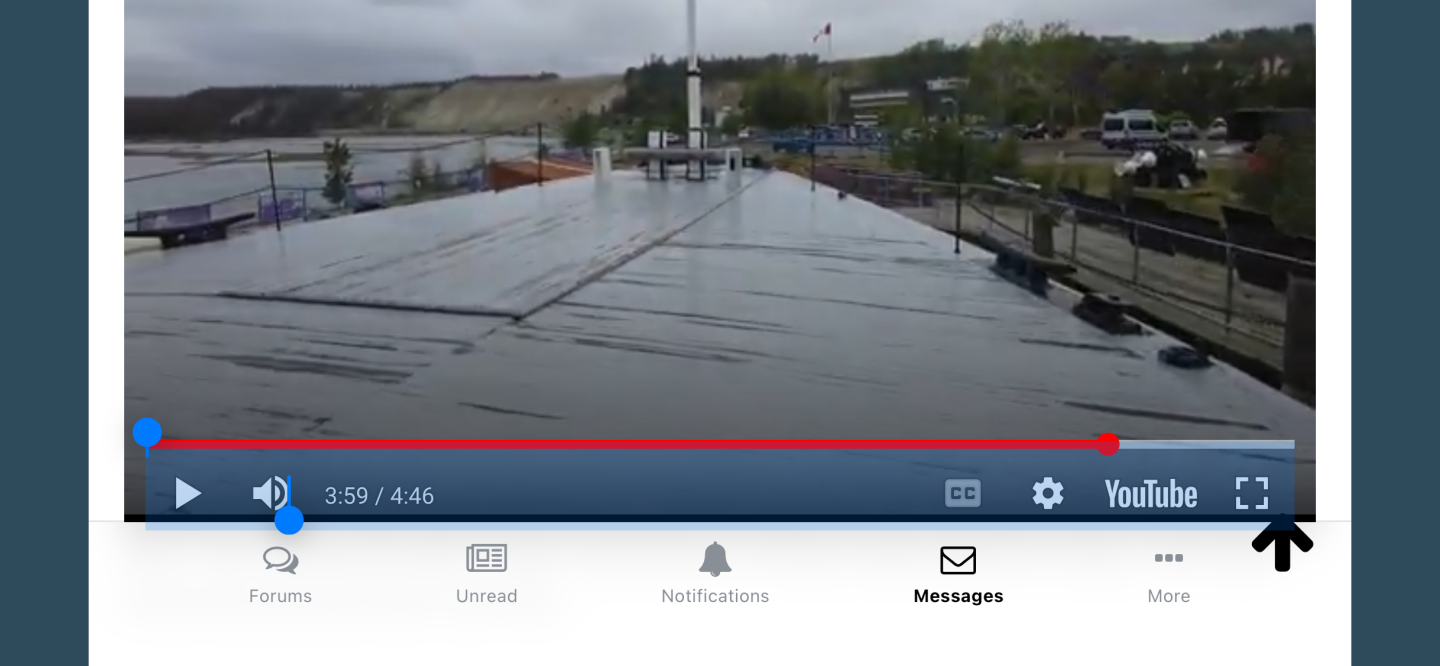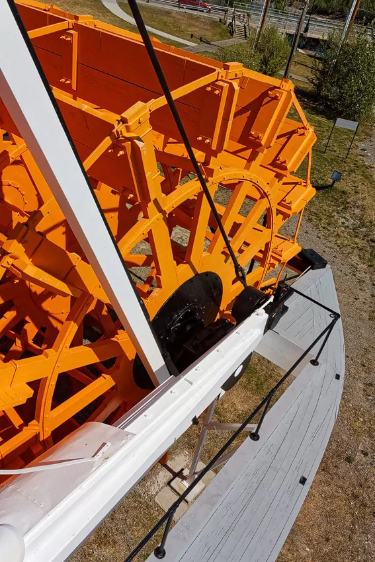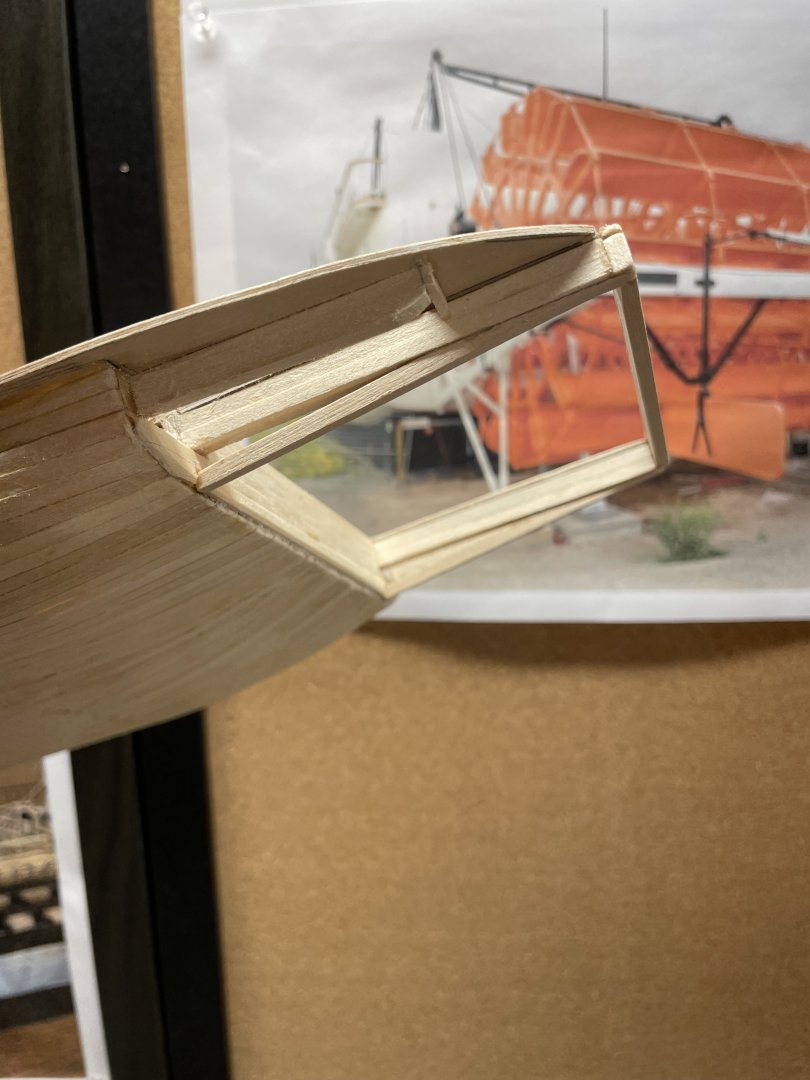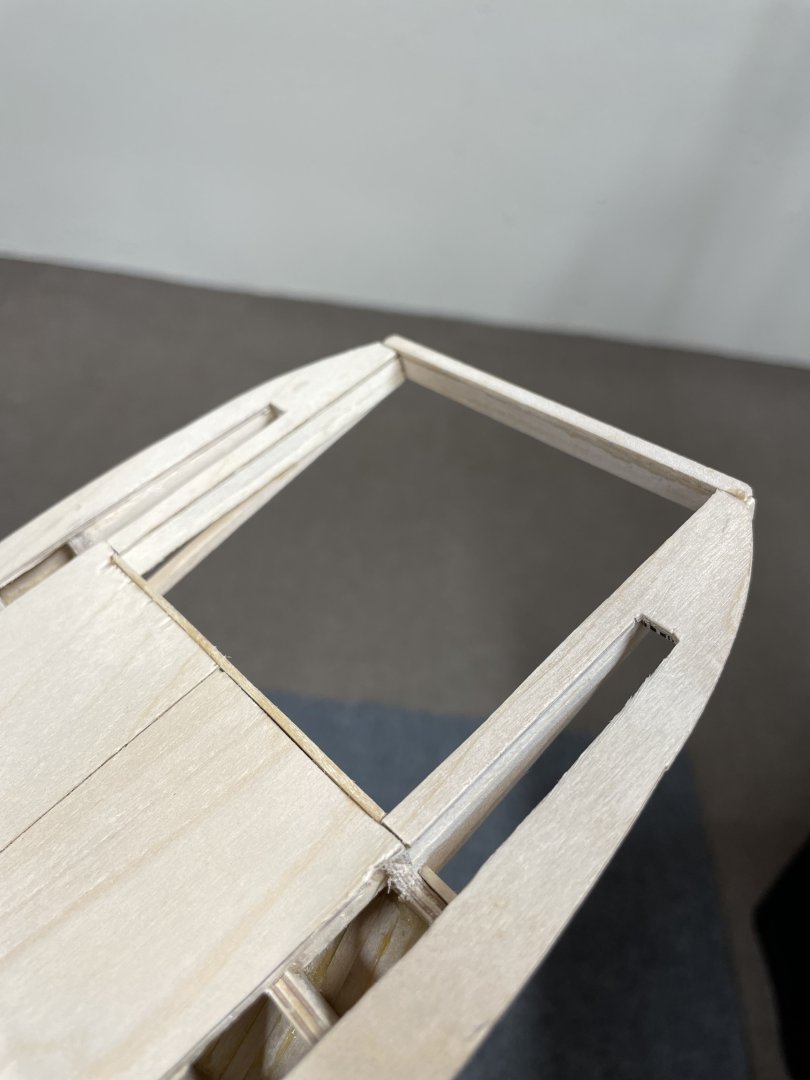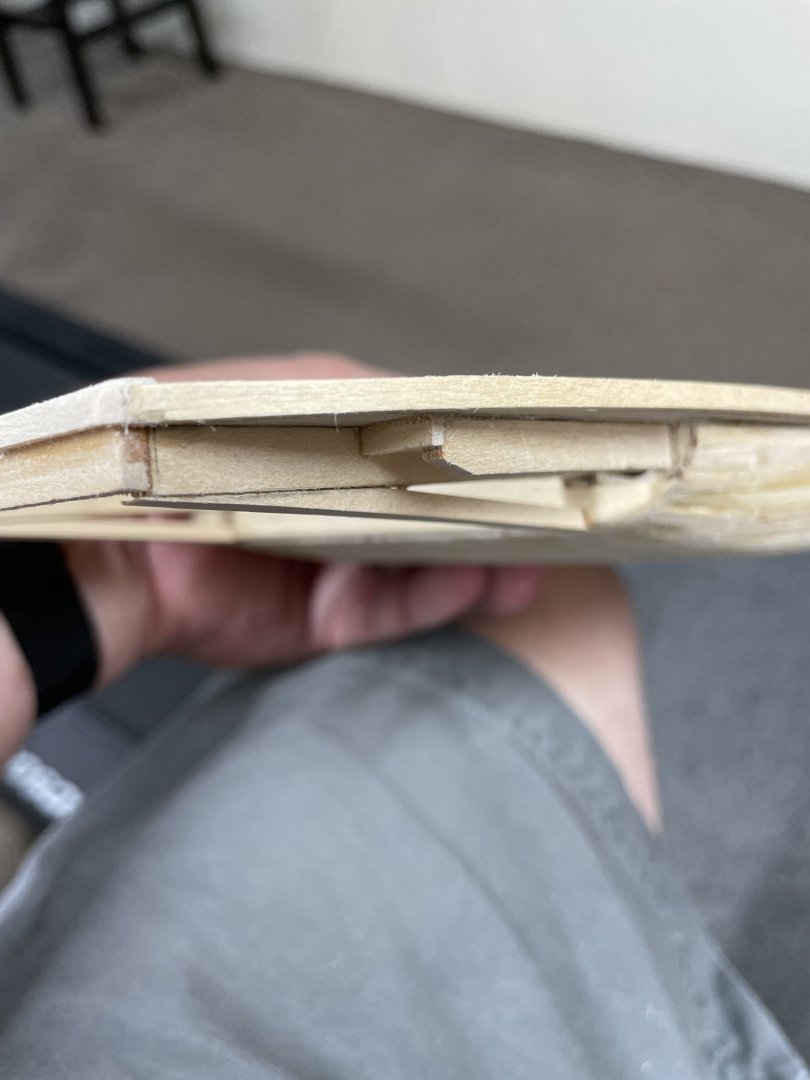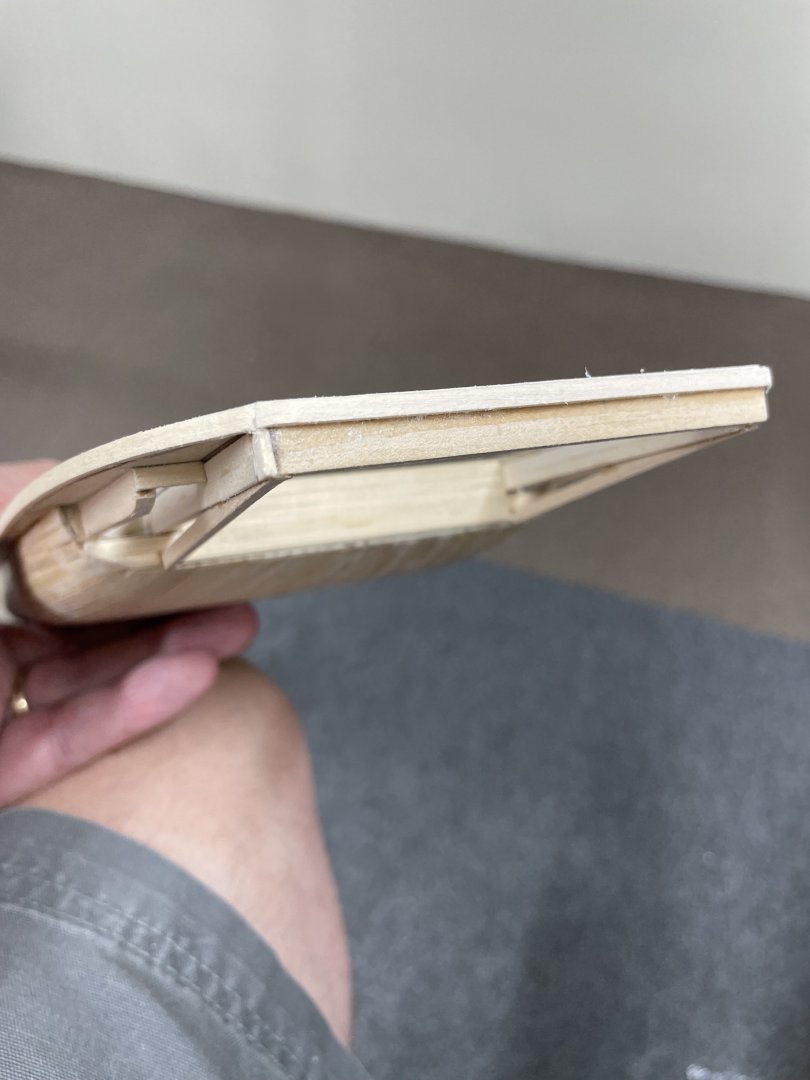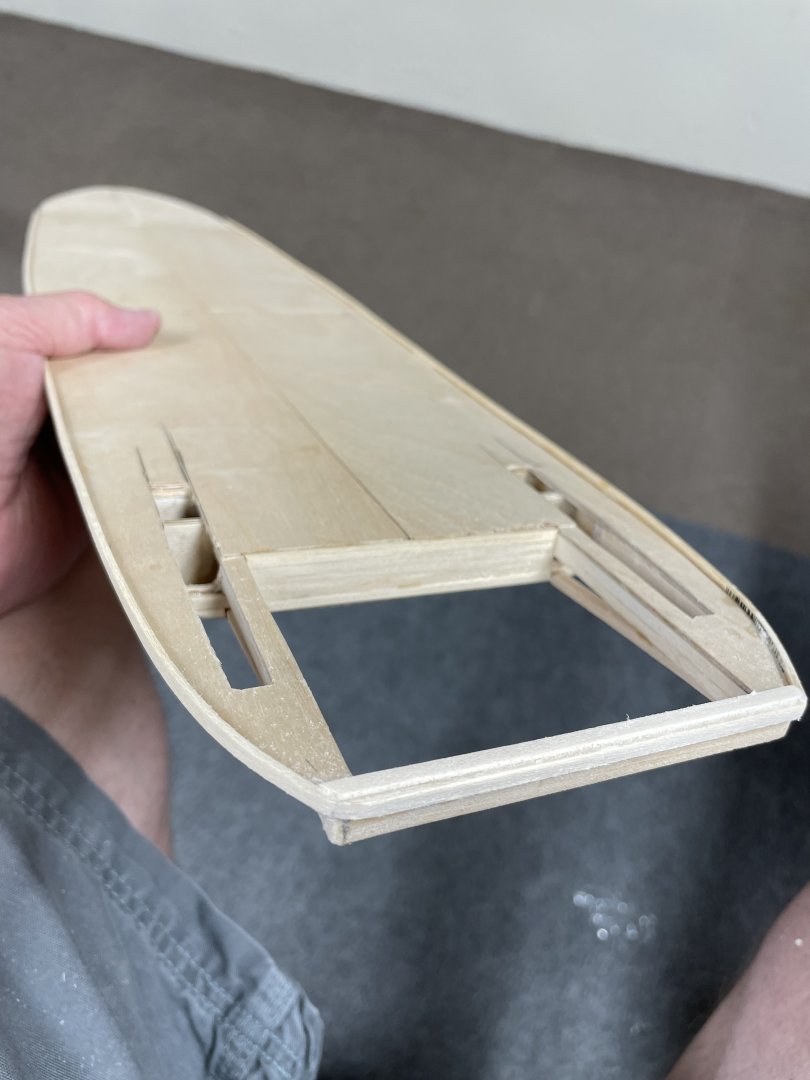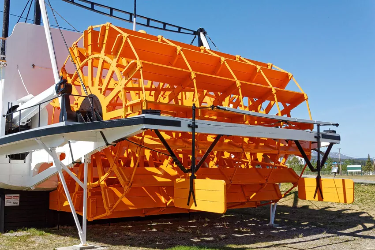-
Posts
1,568 -
Joined
-
Last visited
Content Type
Profiles
Forums
Gallery
Events
Everything posted by John Ruy
-
She’s coming along wonderfully, Bob. Nice work… Merry Christmas Cheers 🍻
- 207 replies
-
- vanguard models
- Duchess of Kingston
-
(and 1 more)
Tagged with:
-
Keith, I miss doing updates. I haven’t abandoned the Klondike, life got in the way. My Wife fell and fractured her hip. She had surgery 9/11 to pin the hip joint back together and we have spent a lot of time with healing and PT at home. She is better now, but we are now in the holidays. I Promise I’ll get back on it soon, it’s good to know you missed me. LOL 😆
-
It’s been a minute since I checked in on you Bob. I’m glad you are on the mend and back on it. 👍 She’s looking good. Carry on Sir… John
- 207 replies
-
- vanguard models
- Duchess of Kingston
-
(and 1 more)
Tagged with:
-
Congrats Greg… Wonderful work you can be proud. So much attention to detail. Great job. 🍻
- 184 replies
-
- Bluenose
- Model Shipways
-
(and 1 more)
Tagged with:
-
WOW! Nicely done Greg, very good detail with your blocks, hardware and rigging. Over all excellent work, she is looking Great. 👍
- 184 replies
-
- Bluenose
- Model Shipways
-
(and 1 more)
Tagged with:
-
She is. Coming along very nicely, Bob. Cheers 🍻
- 207 replies
-
- vanguard models
- Duchess of Kingston
-
(and 1 more)
Tagged with:
-
- 165 replies
-
- Red Jacket
- Marine Model Company
-
(and 2 more)
Tagged with:
-
- 165 replies
-
- Red Jacket
- Marine Model Company
-
(and 2 more)
Tagged with:
About us
Modelshipworld - Advancing Ship Modeling through Research
SSL Secured
Your security is important for us so this Website is SSL-Secured
NRG Mailing Address
Nautical Research Guild
237 South Lincoln Street
Westmont IL, 60559-1917
Model Ship World ® and the MSW logo are Registered Trademarks, and belong to the Nautical Research Guild (United States Patent and Trademark Office: No. 6,929,264 & No. 6,929,274, registered Dec. 20, 2022)
Helpful Links
About the NRG
If you enjoy building ship models that are historically accurate as well as beautiful, then The Nautical Research Guild (NRG) is just right for you.
The Guild is a non-profit educational organization whose mission is to “Advance Ship Modeling Through Research”. We provide support to our members in their efforts to raise the quality of their model ships.
The Nautical Research Guild has published our world-renowned quarterly magazine, The Nautical Research Journal, since 1955. The pages of the Journal are full of articles by accomplished ship modelers who show you how they create those exquisite details on their models, and by maritime historians who show you the correct details to build. The Journal is available in both print and digital editions. Go to the NRG web site (www.thenrg.org) to download a complimentary digital copy of the Journal. The NRG also publishes plan sets, books and compilations of back issues of the Journal and the former Ships in Scale and Model Ship Builder magazines.

